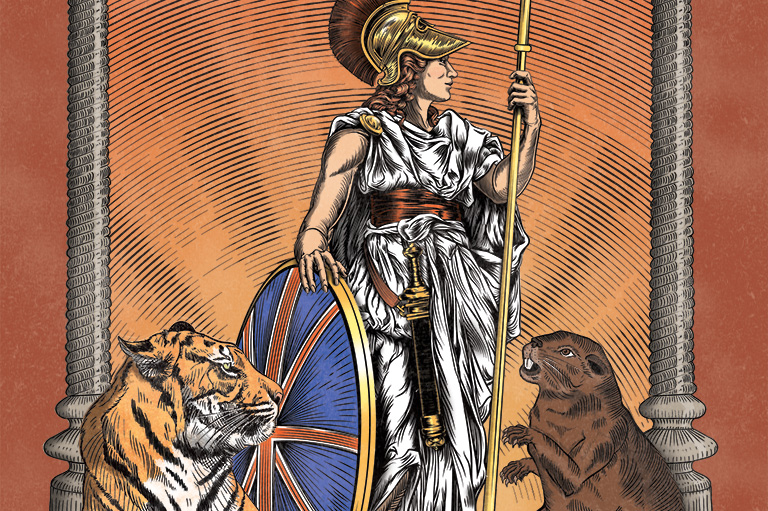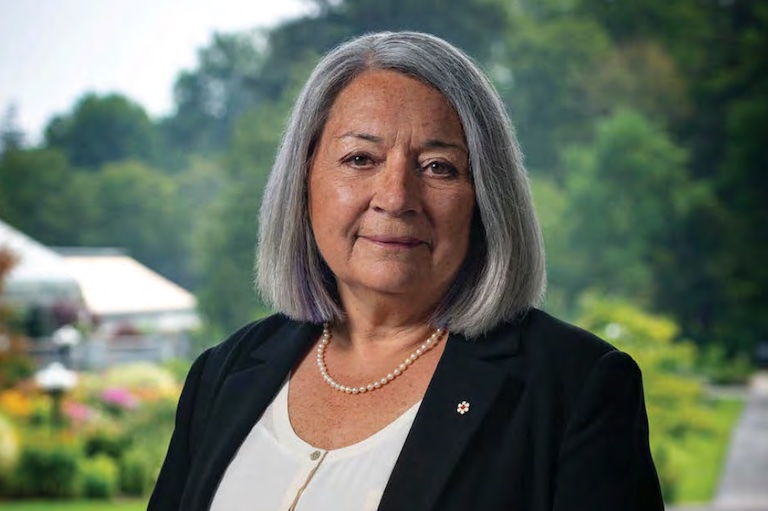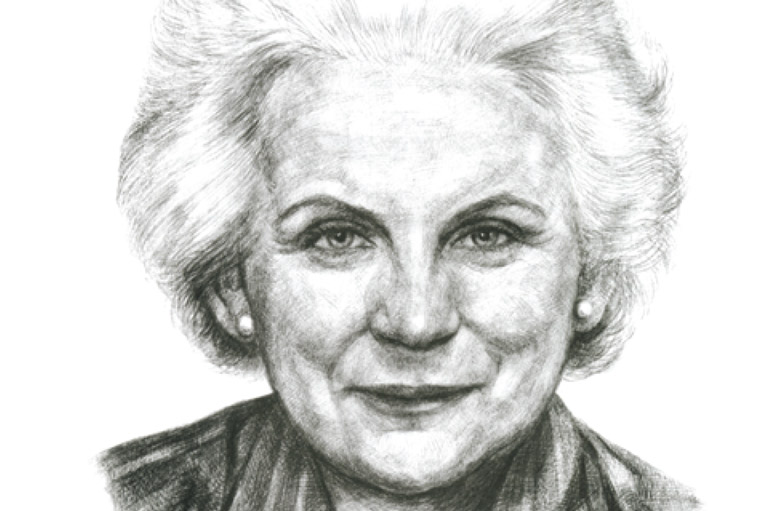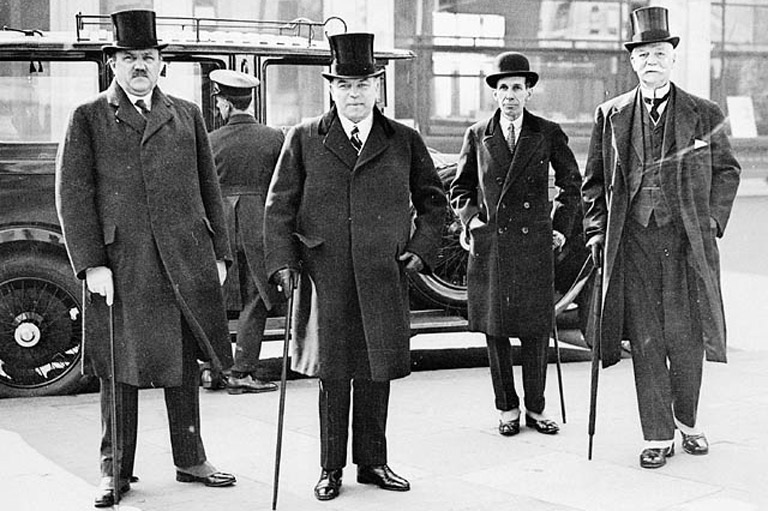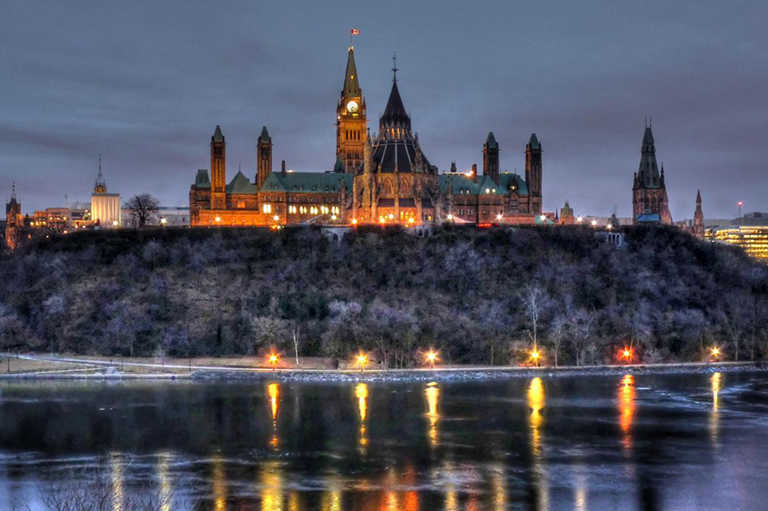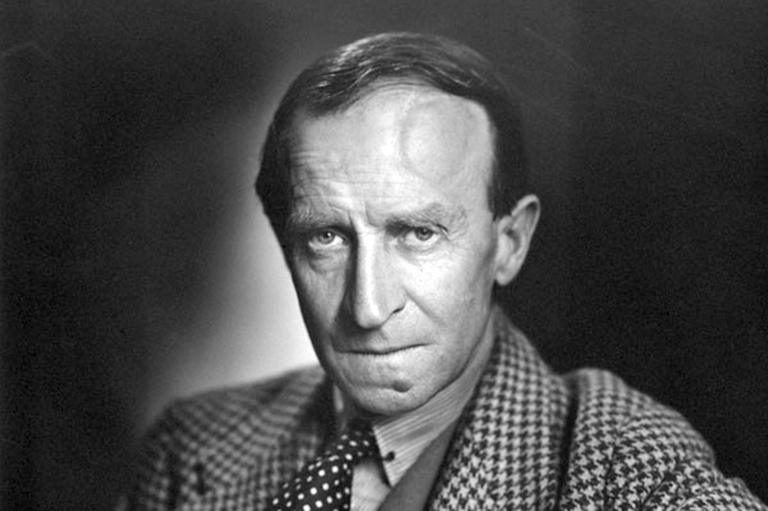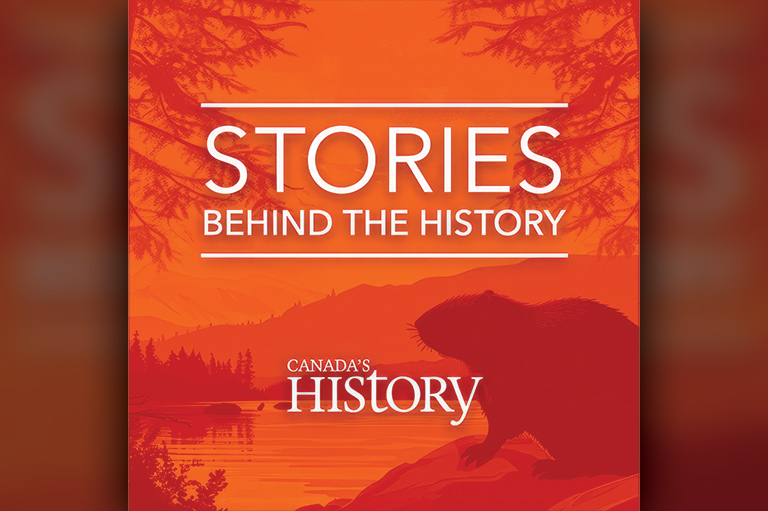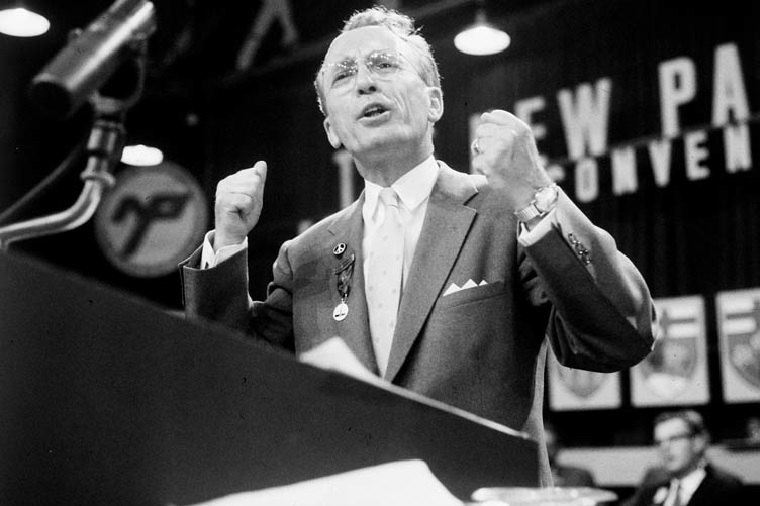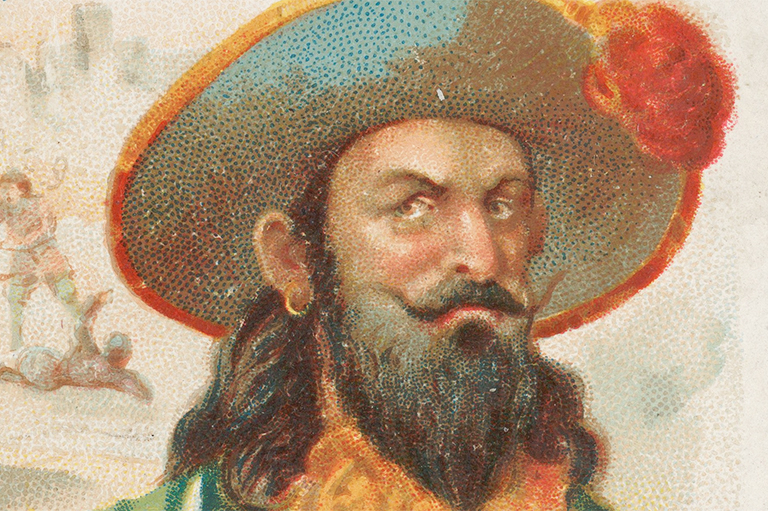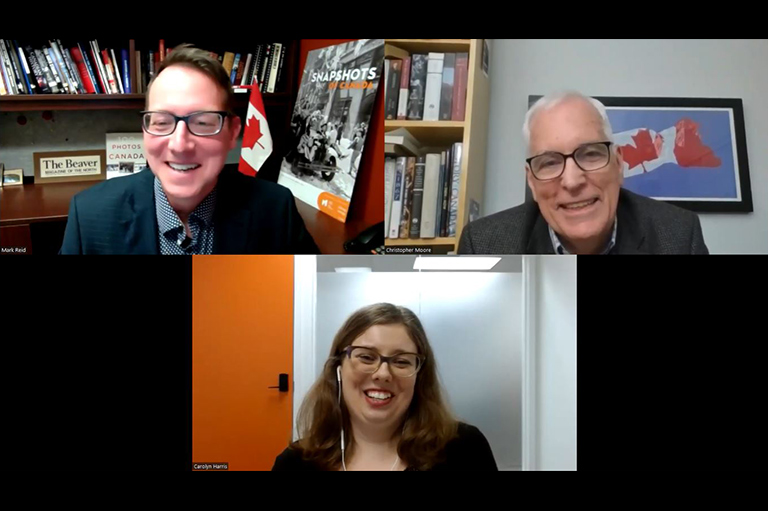The Canada-India Connection
When the British and French fought for global domination in the Age of Empire, Canada and India became battlegrounds, colonies, and sources of trade and wealth. International relations scholar Madhuparna Gupta and historical non-fiction author Stephen Bown discuss the colonial connections between Canada and India with host Kate Jaimet, senior editor of Canada’s History magazine.
Read the article
Shared Legacies
As the British Empire extended its reach around the globe from the sixteenth through to the twentieth centuries, certain English aristocratic figures and families held important posts in both India and the British North American colonies that became today’s Canada. The legacy of these colonial figures remains both in their influence in shaping history, and in the cities, towns, and geographical features named after them. Here are some of the companies and people who exemplified these colonial connections between Canada and India:
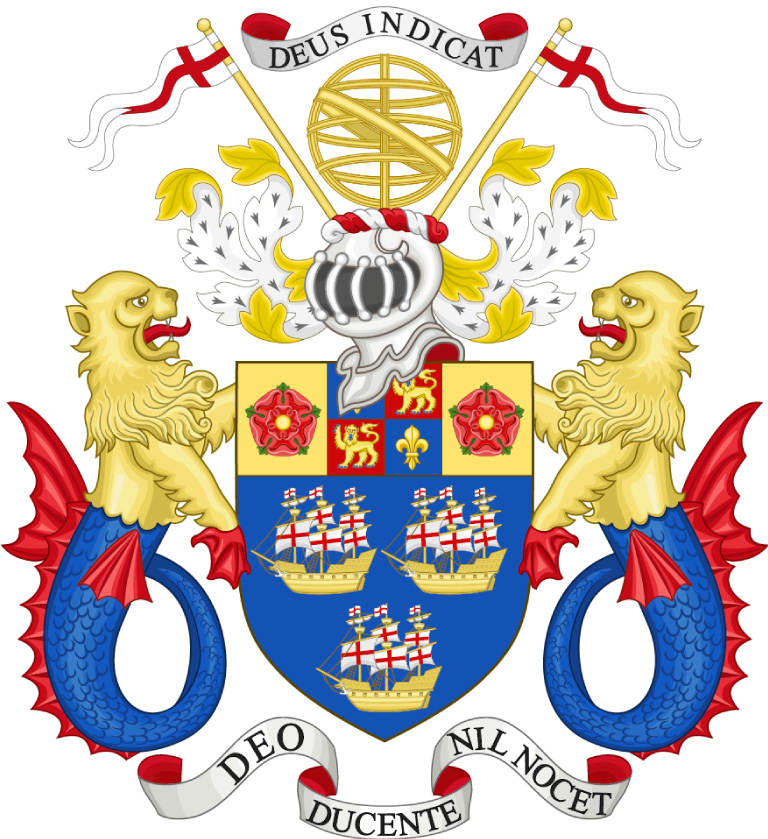
British East India Company
London-based joint stock company, established in 1600 by Royal Charter, arrived as trading company to become eventual colonizers.
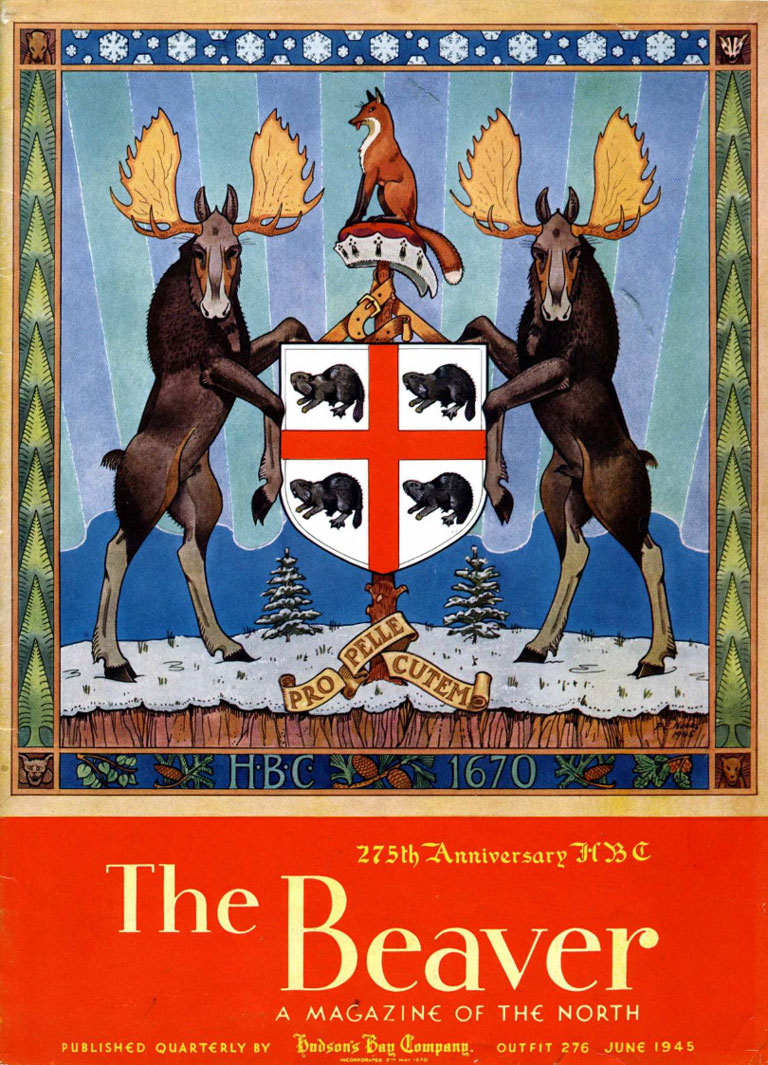
Hudson’s Bay Company
London-based joint stock company, established in 1670 by Royal Charter, arrived as trading company, harvested fur and monopolized business. The Hudson’s Bay still functions as the oldest continually operating retail company in North America.
1. The Earls of Halifax
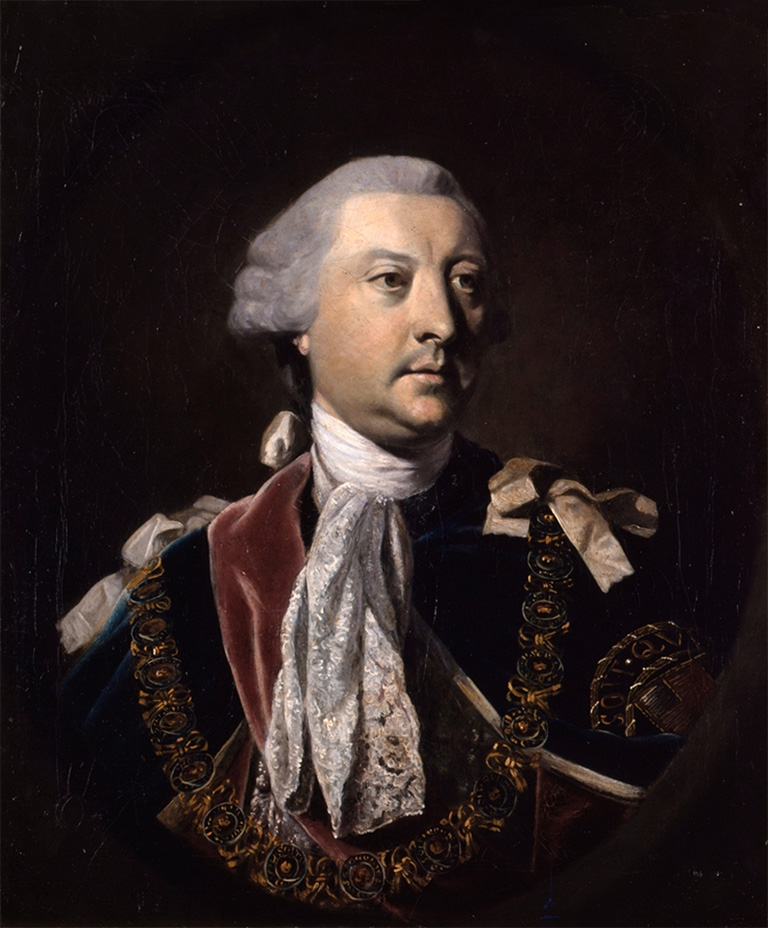
George Montagu-Dunk
2nd Earl of Halifax, president of the Board of Trade and Plantation, England, 1748–61. Contributed to the founding of the city of Halifax, Nova Scotia (1749), which is named after him.
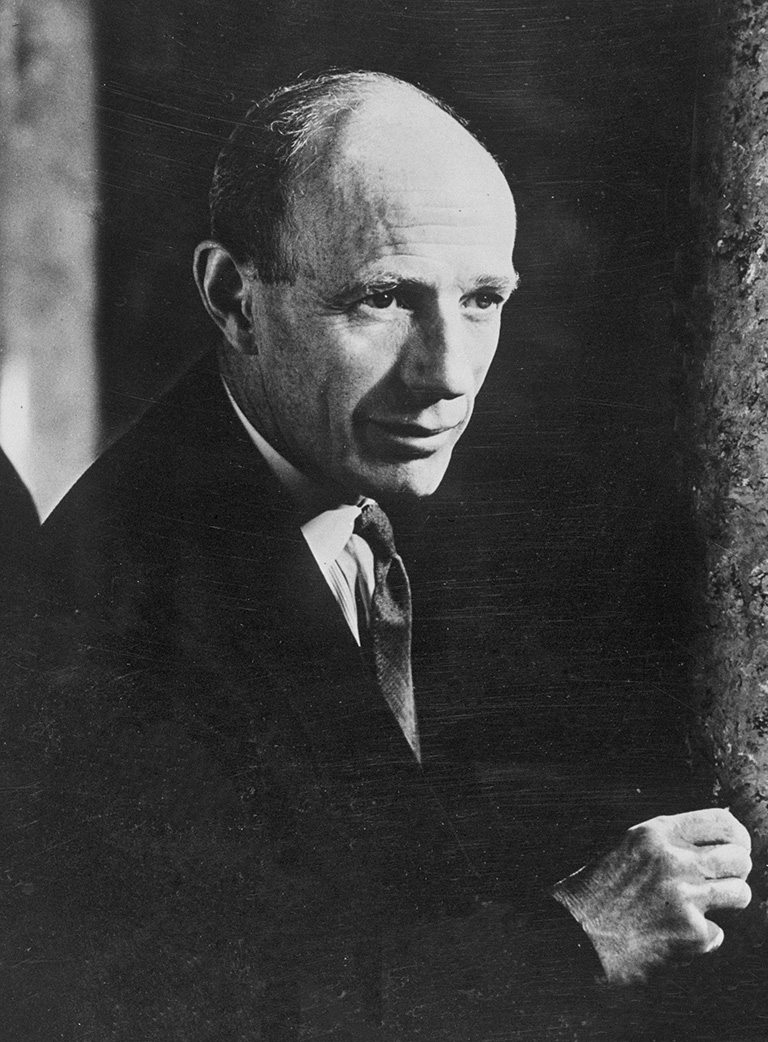
Edward Frederick Lindley Wood
1st Earl of Halifax, Baron Irwin, Viscount Halifax, Viceroy of India, 1925–31. Concluded the Gandhi-Irwin Pact (1931) which ended the civil disobedience movement, in return for which the British government released political prisoners and lifted repressive ordinances.
2. The Cornwallises
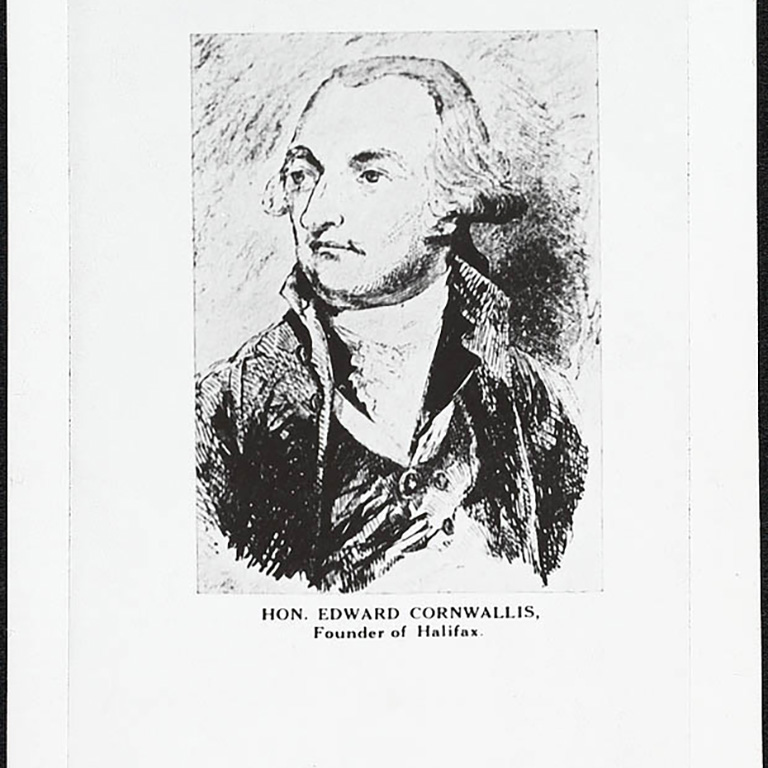
Edward Cornwallis
Governor of Nova Scotia, 1749–52. Introduced British courts of law in Nova Scotia. Placed a bounty on the heads of Mi’kmaq in order to secure British dominance for colonization. Places named after him include Nova Scotia’s Cornwallis Township, Cornwallis Street in Halifax (renamed Nora Bernard Street), Cornwallis Park in Halifax (renamed Peace and Friendship Park) and Cornwallis River, Nova Scotia.
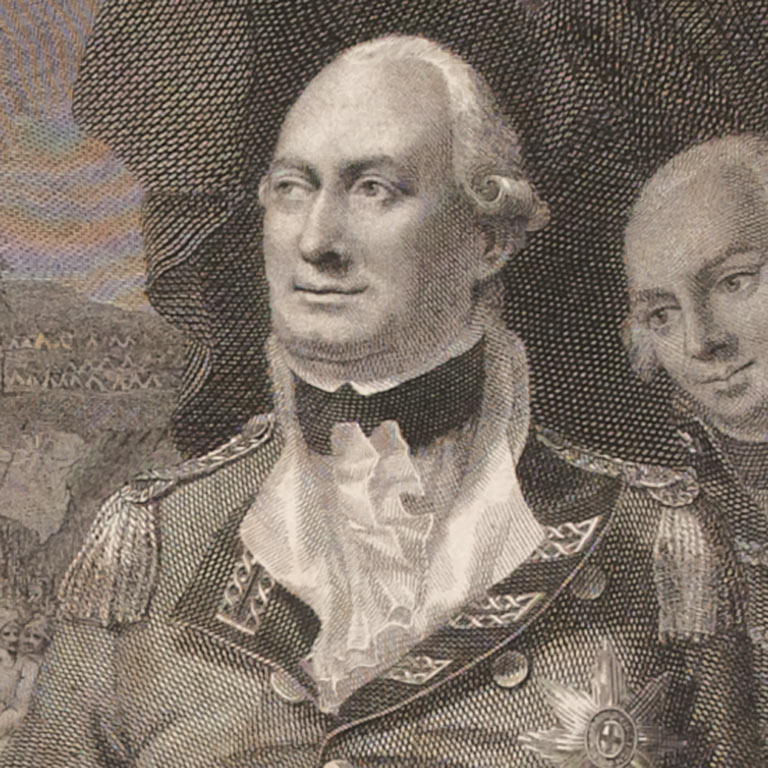
Charles Cornwallis
Nephew of Edward Cornwallis, Governor General of India, 1786–94 and 1805. Implemented a policy of Permanent Settlement and the Cornwallis Code (1793); defeated Tipu Sultan in the Third Anglo-Mysore War (1792). Died in Gazipur, Uttar Pradesh, India, 1805. Places named after him include Cornwallis Street, Calcutta, West Bengal (renamed Bidhan Sarani), Cornwallis Tomb in Gazipur, Uttar Pradesh.
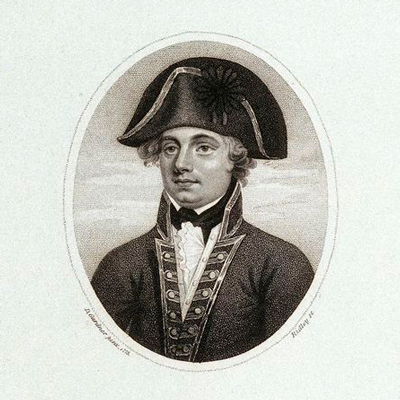
William Cornwallis
Brother of Charles Cornwallis, Royal Navy officer. Fought in the Seven Years War (1756–63), including at the siege of Louisbourg (1758) that captured the Louisbourg fortress on Cape Breton Island from the French. Fought in the Third Anglo-Mysore War in India (1792). Cornwallis Island, Nunavut, is named after him.
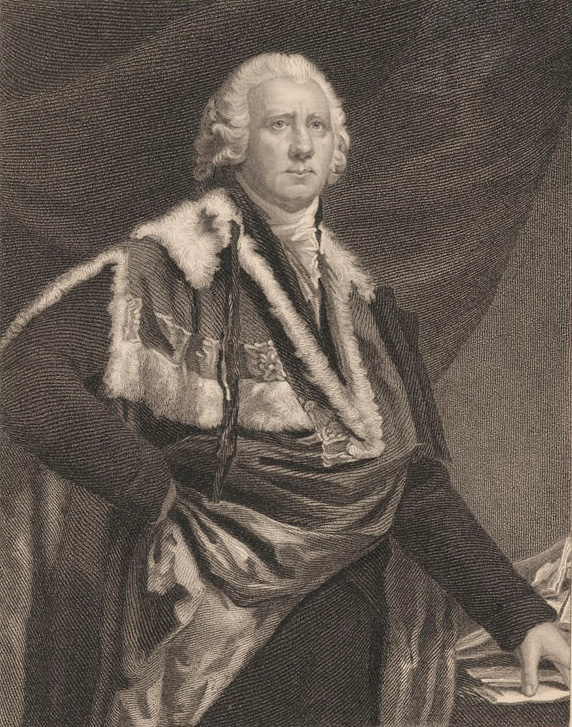
3. Henry Dundas
President of the board of control over the East India Company, 1793–1801. Charles Cornwallis wrote to him about Tipu Sultan’s valour in the Third Anglo-Mysore War. Dundas County, Ontario, and and Dundas Street in Toronto are named after him.
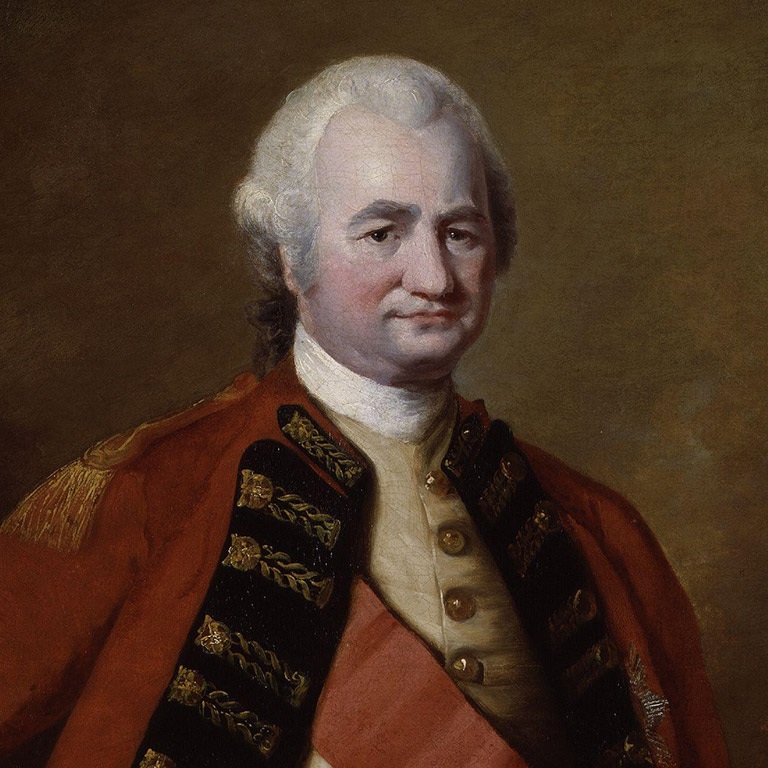
4. Robert Clive
First British Governor of Bengal Presidency, India, 1757–60. In the midst of Anglo-French rivalries in Madras and Bengal, Clive led pro-British troops to victory in the Battle of Plassey (1757) and laid the foundation of the East India Company as a colonial force in India. Places named after him include the city of Clive, Alberta, as well as Clive Row and Clive Street (renamed Netaji Subhas Road) in Calcutta, West Bengal.
With 7 uniquely curated newsletters to choose from, we have something for everyone.
5 The Amhersts
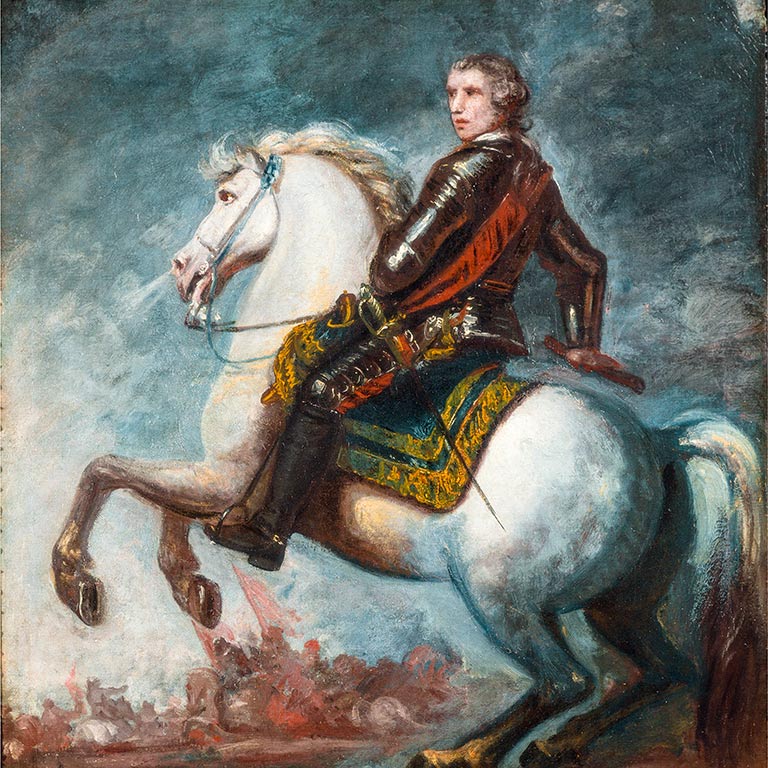
Jeffery Amherst
First British Governor General of Canada, 1760–3. Defeated the French in New France, leading to the surrender of New France to the British Empire in the Seven Years War (1756–63). Places named after him include the city of Amherst, Nova Scotia, and the villages of Amherst and Amherstburg, Ontario.
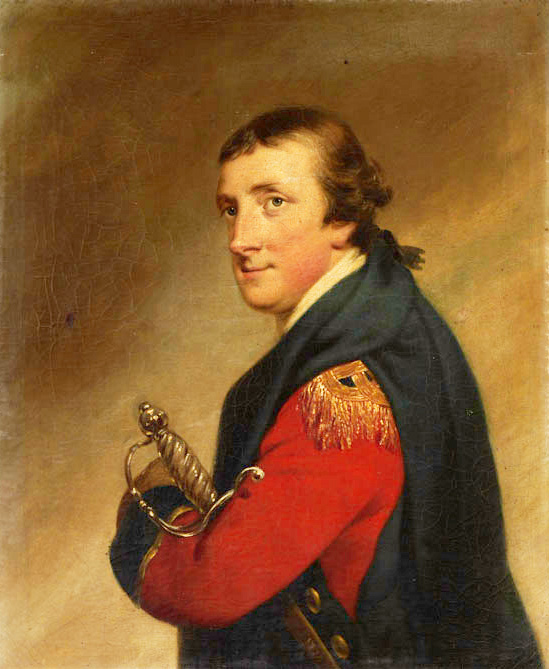
William Amherst
Brother of Jeffery Amherst, lieutenant general of British forces during the Seven Years War. Captured St. John's, Newfoundland, from the French forces at the Battle of Signal Hill in 1762. The neighbourhood of Fort Amherst in St. John's, Newfoundland and Labrador, is named after him.
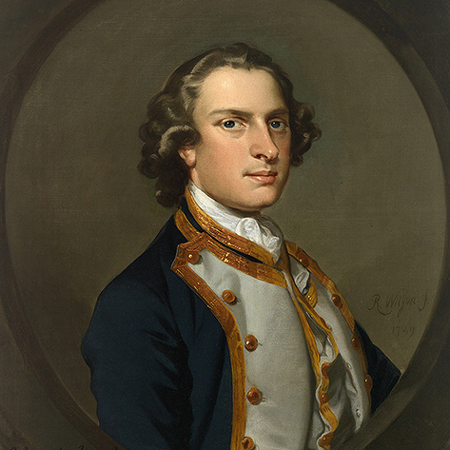
John Amherst
Brother of Jeffery Amherst, admiral in the British Royal Navy. Fought in India during the Seven Years War and the First Carnatic War (1740–4).
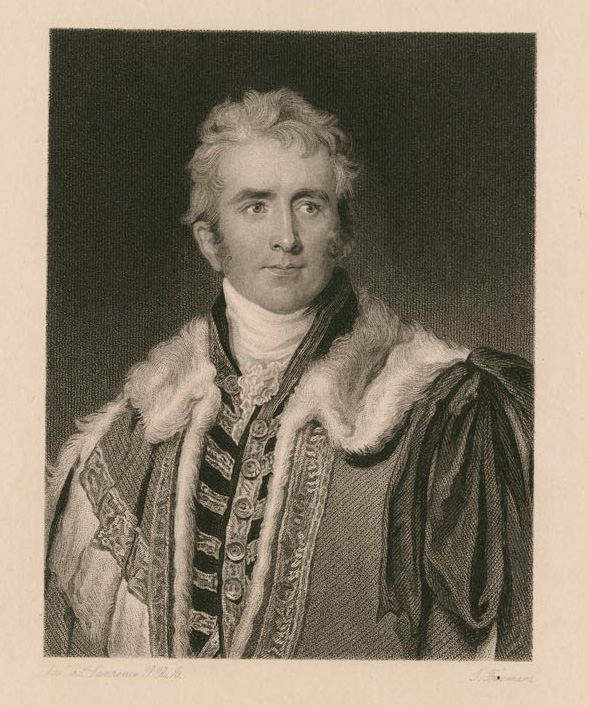
William Pitt Amherst
Grand-nephew of Jeffery Amherst, Governor General of India, 1823–8. Presided over the Anglo-Burmese War (1824–6); established Sanskrit College in Calcutta in 1824. Places named after him include Amherst Street in Calcutta, West Bengal.
6. The Hastings
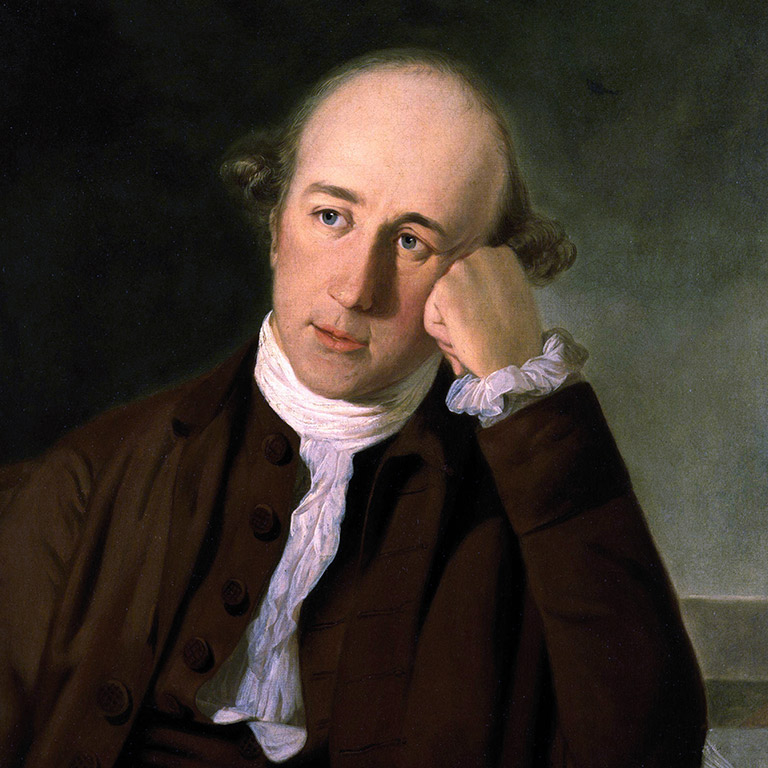
Warren Hastings
First Governor General of Bengal, India, 1772–85. Founded the Supreme Court of India. His residence became the National Library in Calcutta. Established the Writers’ Building in 1777, the headquarters of East India Company. Places named after include the towns of Hastings and Warren, Nova Scotia.
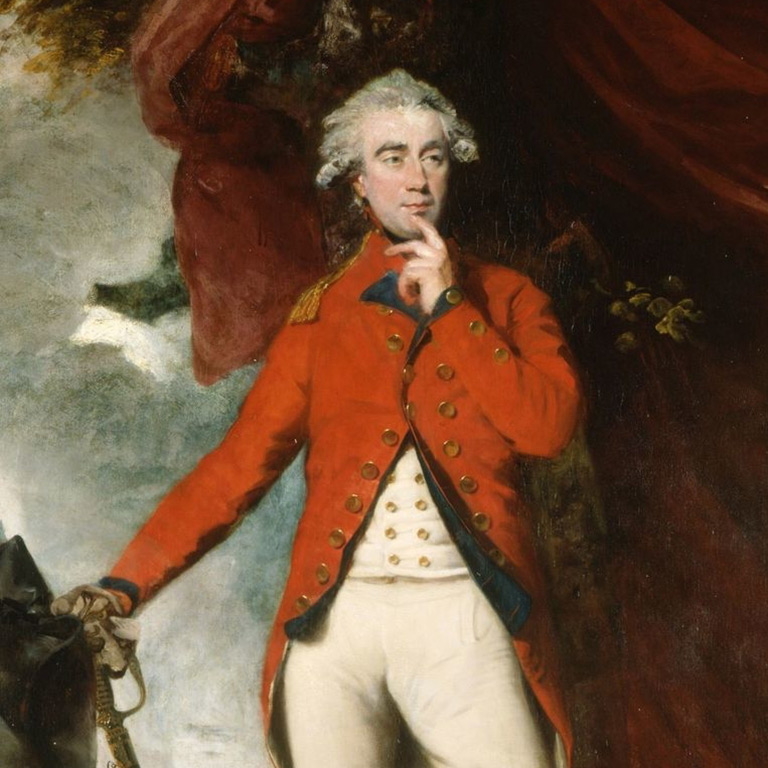
Sir Francis Edward Rawdon-Hastings
2nd Earl of Moira, 1st Marquess of Hastings, Viscount Loudoun, Earl of Rawdon, Governor General of Bengal, 1813–23. Led the British forces in the American War of Independence (1775–83); rescued the Loyalists in the Battle of Bunker Hill (1775) and relocated them to Nova Scotia in 1781. Places named after him include Hastings County and its Moira River, Ontario; Rowdon, Nova Scotia, where he relocated the Loyalists; Rawdon Street, Moira Street, Loudon Street, and Hungerford Street in Calcutta, West Bengal.7. The Bentincks
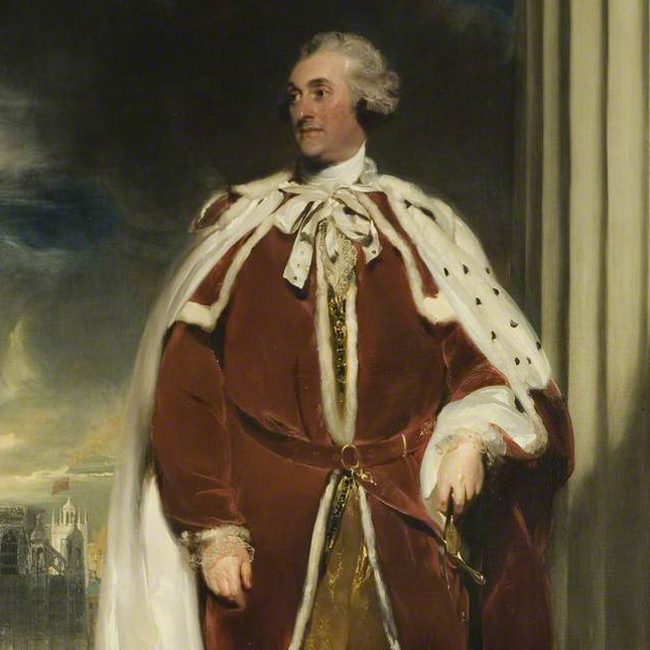
William Henry Cavendish-Bentinck
3rd Duke of Portland, Prime Minister of England, 1783 and 1807–9. The Treaty of Paris that recognized the independence of the United States of America was concluded under his term in 1783. Places named after him include North and South Bentinck Arms, Portland Canal, and Portland Channel, British Colombia, and Portland township in Frontenac County, Ontario.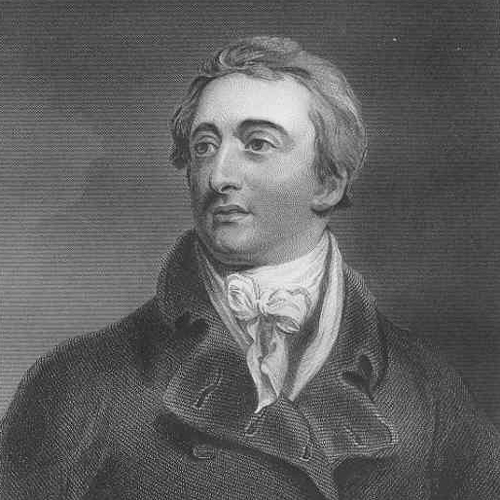
Lord William Henry Cavendish-Bentinck
Second son of William Henry Cavendish-Bentinck, Governor General of Bengal (1828–34) and first British Governor General of India (1834–5). Established India’s first medical college in Calcutta in 1835; introduced social and educational reforms; stood for women's freedom and empowerment. Places named after him include Bentinck township in Grey County, Ontario, and Bentinck Street in Calcutta, West Bengal.8. The Wellesley-Wellingtons
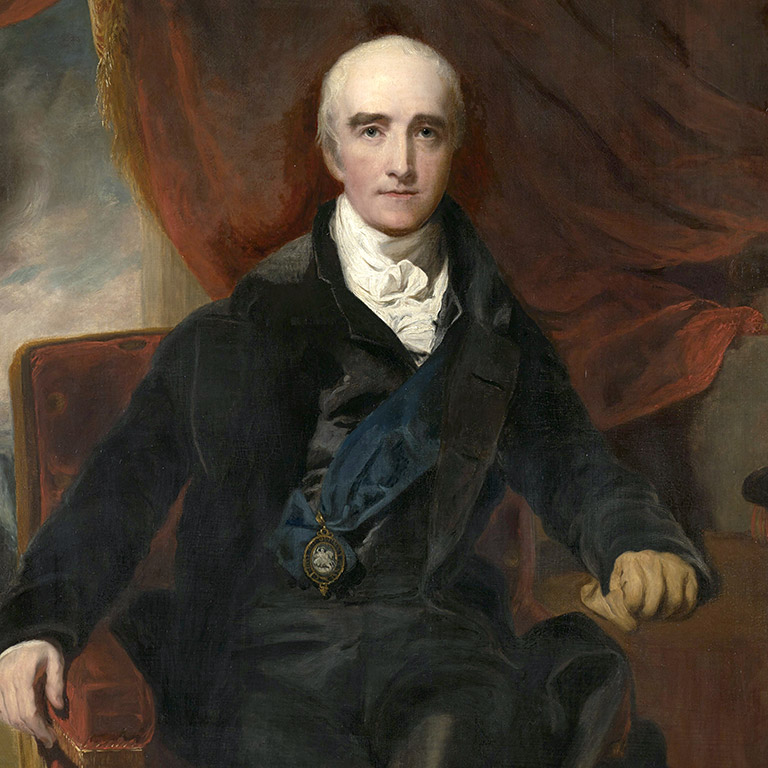
Richard Wellesley
2nd Earl of Mornington, Governor General of Bengal, 1798–1805. Established the governor’s house, called Raj Bhavan, in Calcutta (1803); secured Mysore for the East India Company with the death of Tipu Sultan in the Battle of Serirangapatnam (1799); established the Bank of Calcutta in 1806, later renamed the State Bank of India. Places named after him include Ontario’s Wellesley township (now part of Perth East) and Mornington township.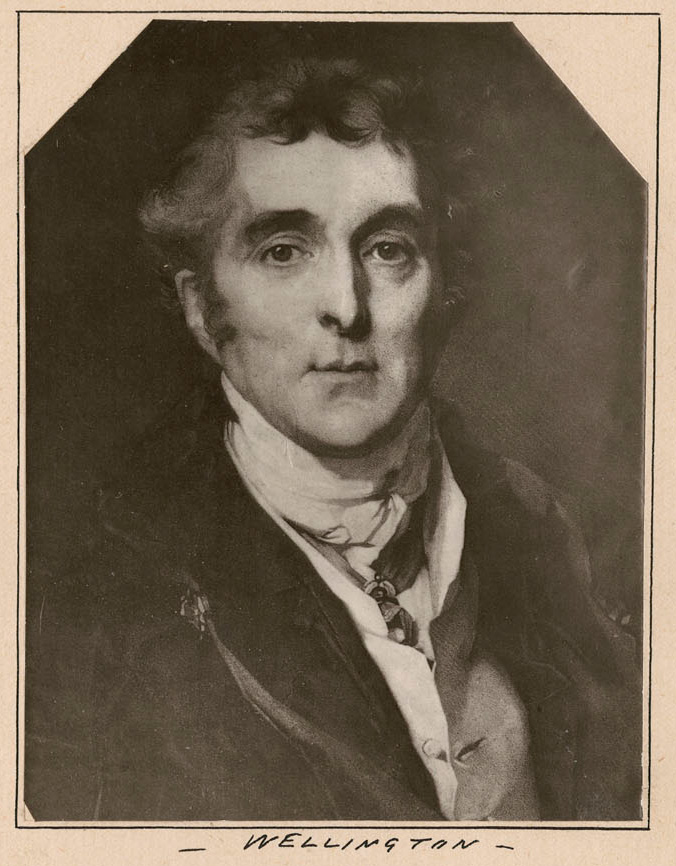
Arthur Wellesley
1st Duke of Wellington and Baron Douro, brother of Richard Wellesley, Governor of Mysore, India, 1798–1805. Places named after him include the Ontario townships of Arthur and Douro, Wellington Street in Ottawa, and the community of Wellington, Nova Scotia, as well as Wellington Street and Wellington Square in Calcutta, West Bengal.
9. The Hardinges
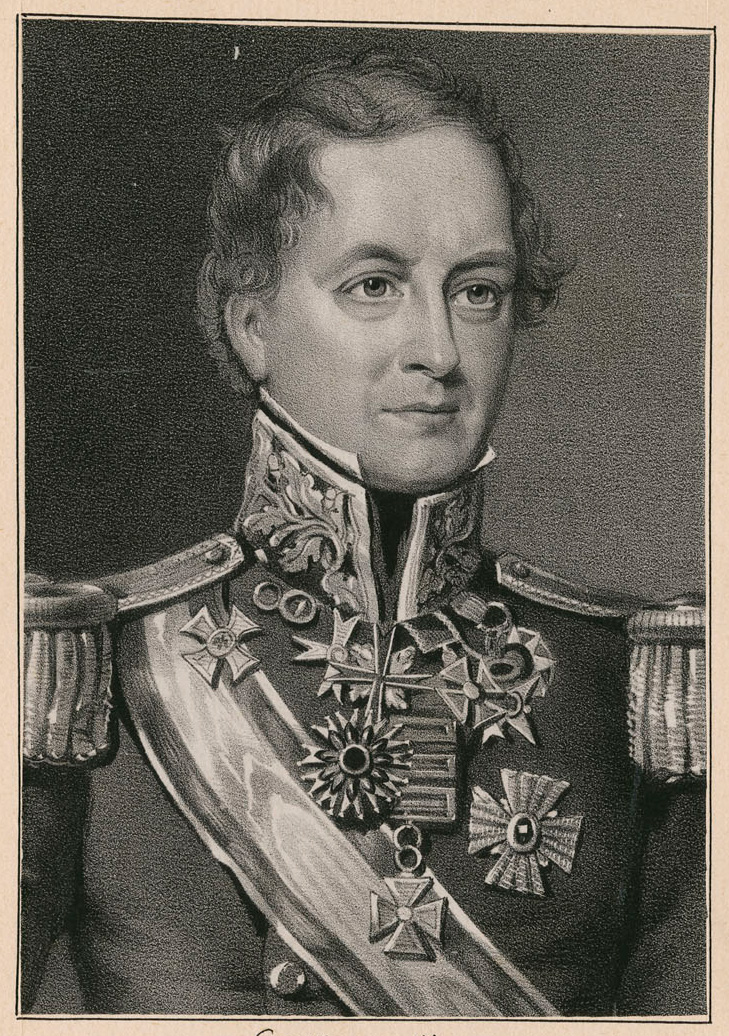
Henry Hardinge
Ensign of Upper Canada, 1799, Governor General of India, 1844–8. Initiated social reforms in India and developed plans for the Indian railway system; led the British forces in the First Anglo-Sikh War (1845–6).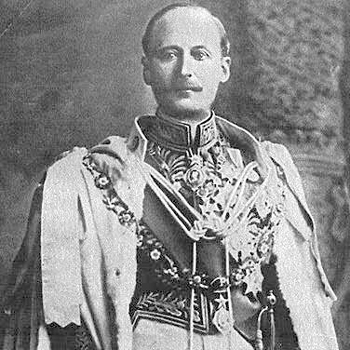
Charles Hardinge
Grandson of Henry Hardinge, viceroy and Governor General of India, 1910–16. Shifted the capital of British shifted from Calcutta to Delhi in 1911. His wife, Lady Hardinge, established the Lady Hardinge Medical College for women in New Delhi in 1916.10. The Dalhousies
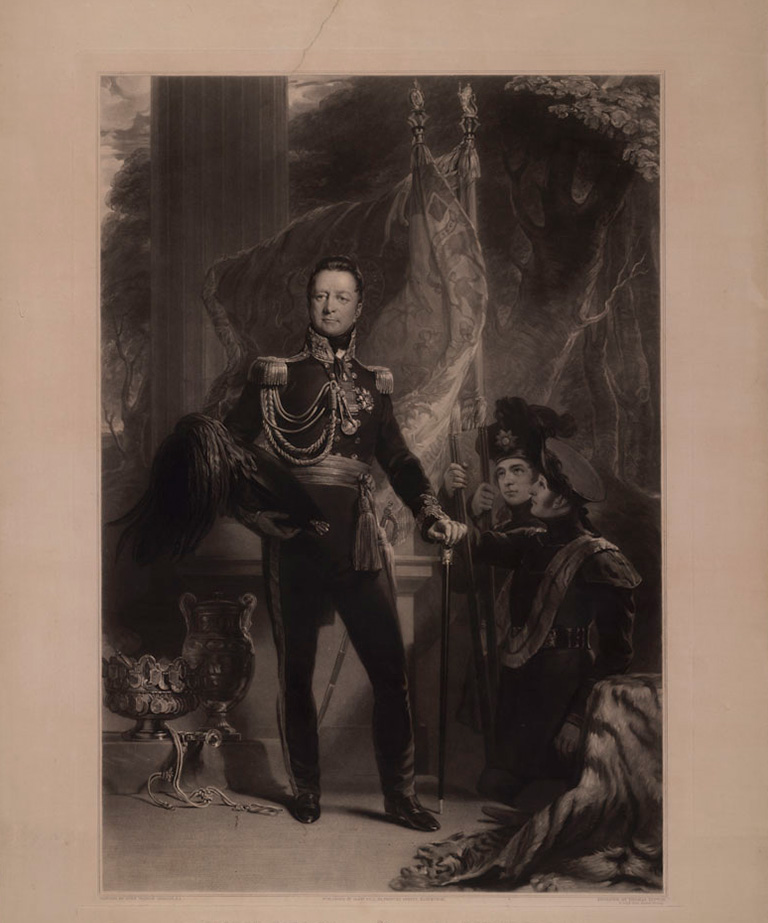
George Ramsay
9th Earl of Dalhousie, Lieutenant Governor of Nova Scotia, 1816–20, Governor of Lower Canada and Governor General of British North America, 1820–8, Commander-in-Chief of India, 1828–32. Founded Dalhousie University in 1820, established the Literary and Historical Society of Quebec in 1824, approved the financing of the Rideau Canal, which opened in 1832. Places named after him include Earltown in Colchester County and Dalhousie Road in Kings County, Nova Scotia; the town of Dalhousie, New Brunswick; Port Dalhousie and Dalhousie township in Ontario; and the communities of Dalhousie, Québec, and Dalhousie, Alberta.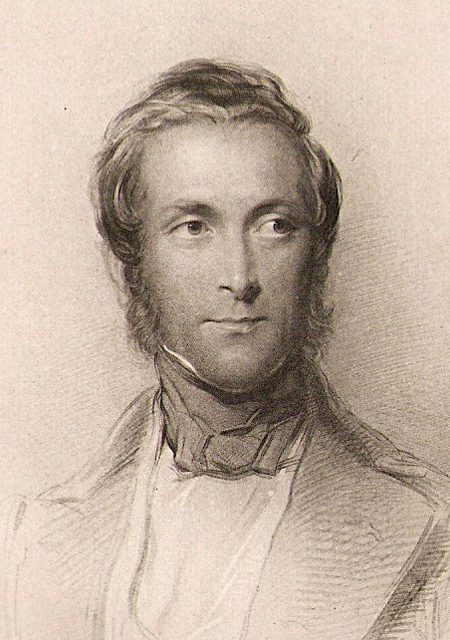
James Andrew Broun-Ramsay
Son of George Ramsay, Governor General of India 1848–56. Secured victory in the Second Anglo-Sikh War in 1849 and wrested Koh-i-Noor Diamond from India for the British Crown; consolidated British control of India through the Doctrine of Lapse; stood for women’s empowerment and approved th establishment of Bethune College, Asia’s first women’s college, in Calcutta (1856). Places named after him include the town of Dalhousie Himachal Pradesh; Dalhousie Street and Dalhousie Square (renamed Binoy Badal Dinesh Bag) in Calcutta, West Bengal.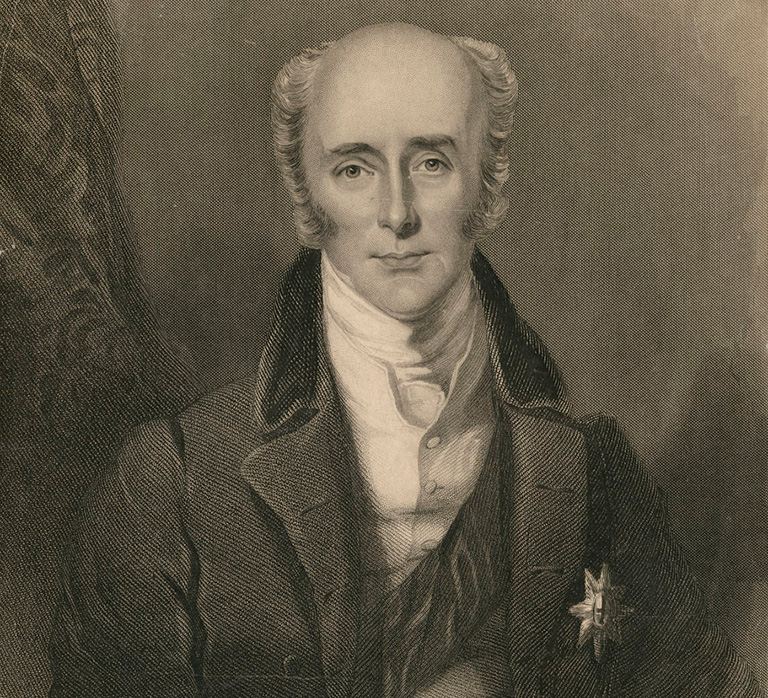
11. Sir Charles Edward Grey
Chief Justice of the Supreme Court of Madras and Bengal, 1825–32. Member of the Royal Commission of Inquiry for the solution of the political problems of Lower Canada, set up by Governor-General Archibald Acheson, 2nd Earl of Gosford, in 1836.
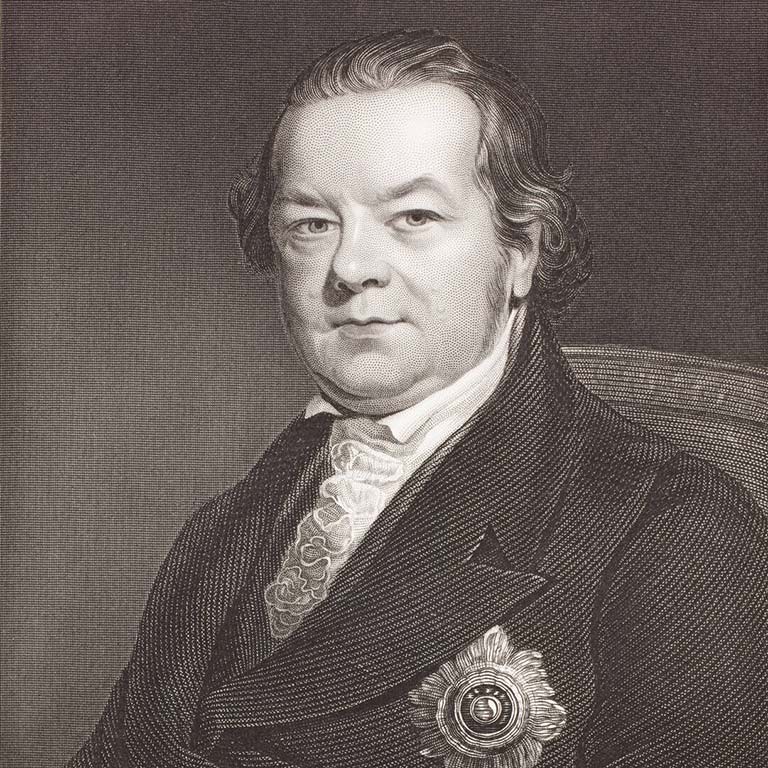
12. Charles Metcalfe
First Baron Metcalfe, born in Calcutta in 1785, Governor General of India, 1835-1836, Governor General of Canada, 1843–5. Rejected the British plan for forced anglicization of the French Canadian populace and recommended equal status for both English and French languages in the legislature. Dubbed the “Liberator of Indian Press” in 1835 for passing the Press Law or Metcalfe Act under pressure from Raja Ram Mohan Roy that favoured the publication of newspapers in Indian languages. Places named after him include rue Metcalfe in Montreal, Metcalfe township, Ontario, Metcalfe Street in Ottawa, and Metcalfe Hall in Calcutta, West Bengal.
13. The Cannings
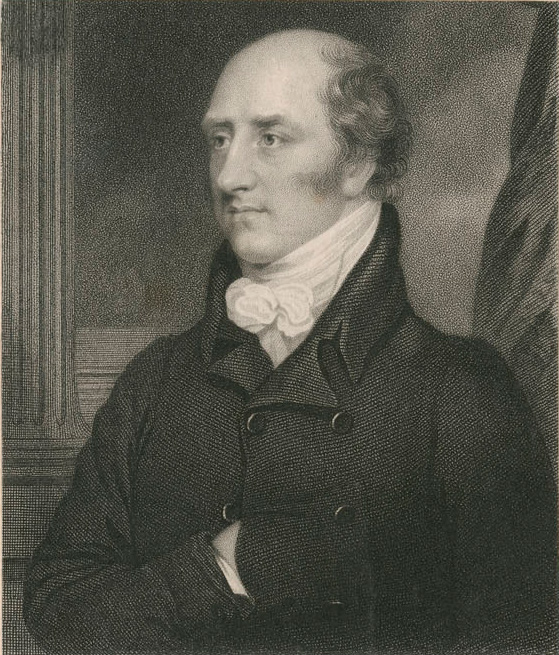
George Canning
Prime Minister of the United Kingdom, 1827. Places named after him include Canning township, Nova Scotia.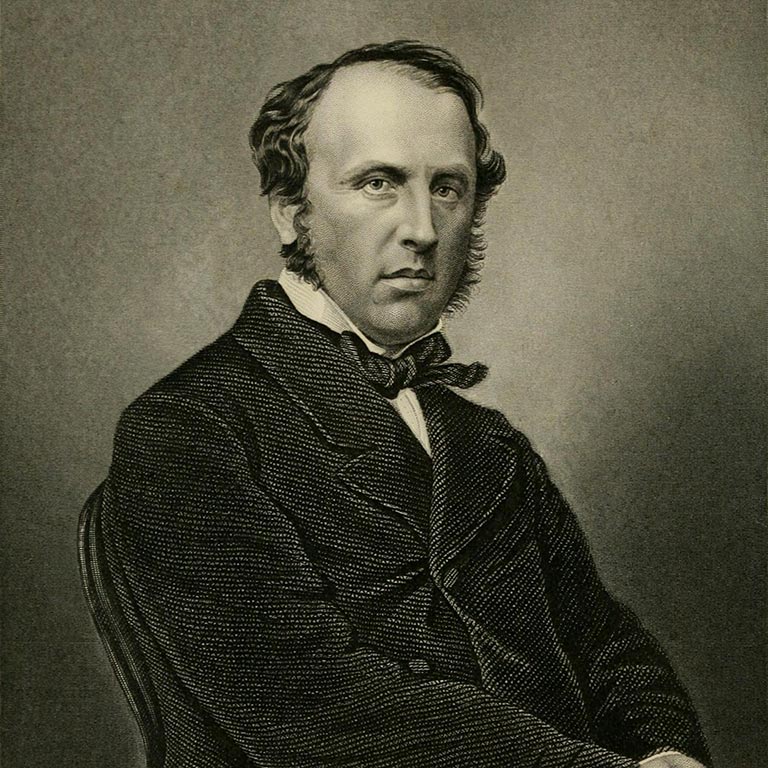
Charles Canning
Son of George Canning, Governor General of India, 1856–8, first viceroy of India, 1858. Suppressed the Sepoy Mutiny of 1857–8, leading to the declaration of Queen Victoria as Empress of India in 1858; founded the Universities of Calcutta, Bombay, and Madras in 1857. Places named after him include Canning Street in Calcutta and the town of Canning, West Bengal.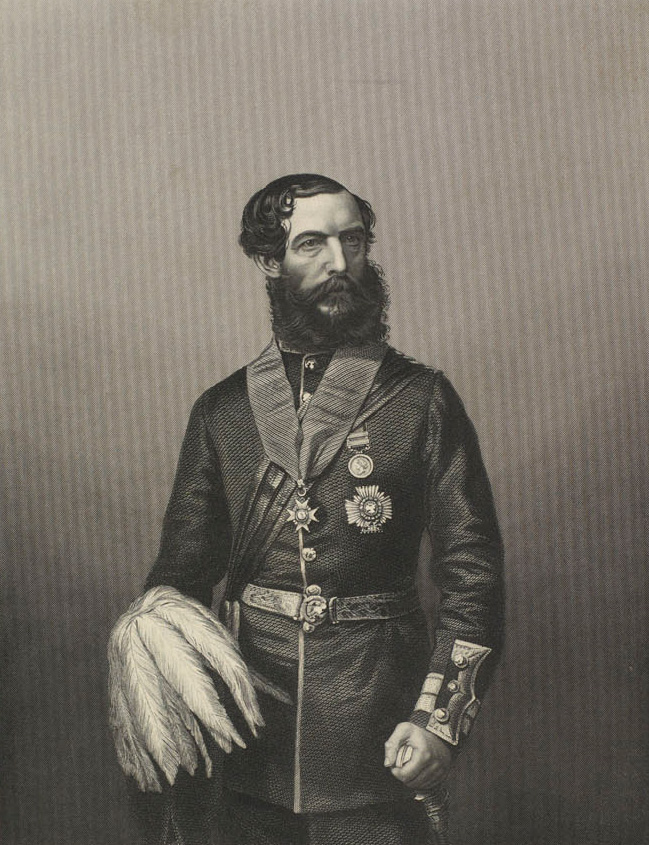
14. Major-General Sir John Eardley Wilmot Inglis
Major general in the British army. Born in Halifax, Nova Scotia in 1837. Suppressed the Lower Canada Rebellion (1837); participated in the Second Anglo-Sikh War (1848–9); fought in the 1857 Siege of Lucknow during the Sepoy Mutiny, also known as the First War of Indian Independence (1857–8). Places named after him include Inglis Street and Lucknow Street in Halifax, Nova Scotia, and the community of Lucknow, Ontario.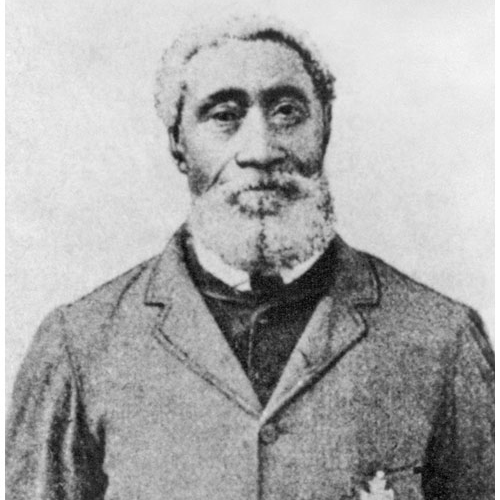
15. William Hall
Royal Navy officer, born in Halifax, Nova Scotia. Became the first Nova Scotian and the first Black person to receive the Victoria Cross for his service during the Siege of Lucknow Siege in the First War of Indian Independence (1857). Places named after him include William Hall V.C. Memorial Highway at Hantsport, Nova Scotia.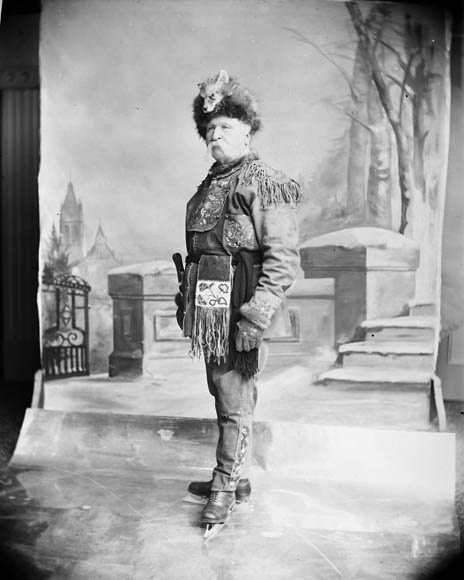
16. Sir Frederick Dobson Middleton
British Army officer in India, 1855–8, quartermaster general of Montreal, 1869–1870, and Canadian militia officer, 1884–5. Commander of the Canadian militia during the North-West Resistance in 1885. Secured British victory in the Battle of Batoche, Saskachewan, in 1885. Suppressed the Santhal Rebellion in India in 1855, crushed the mutineers in the First War of Indian Independence (1857–8).
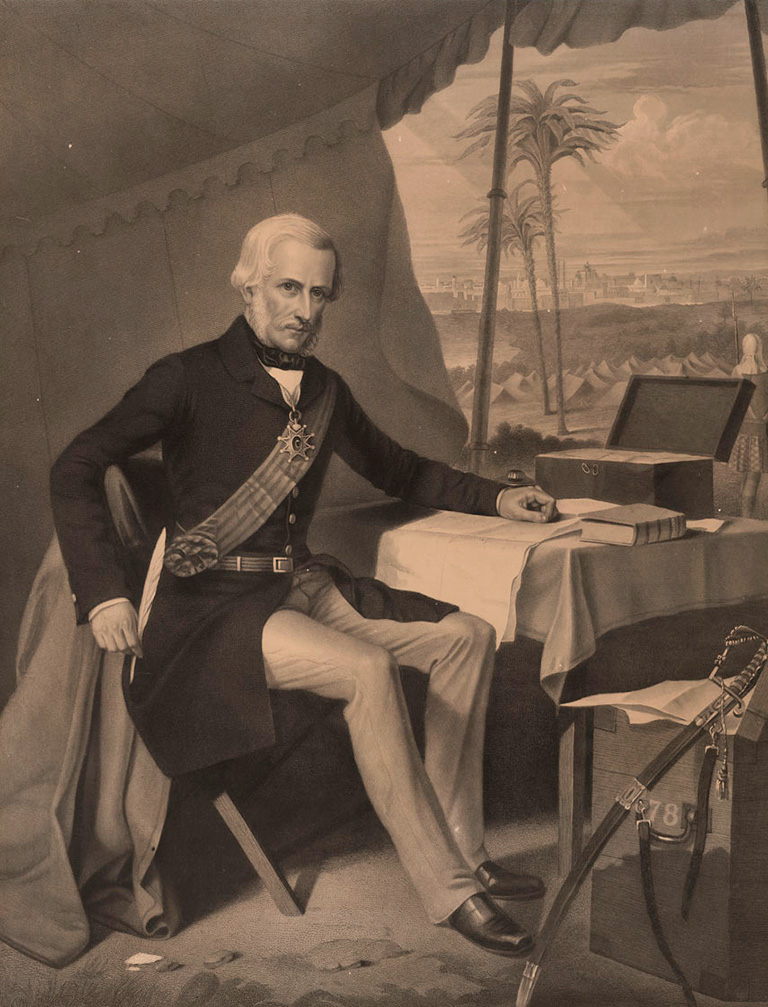
17. Sir Henry Havelock
British major general, 1824–57. Fought in the First Anglo-Burmese War (1824–6); suppressed the mutineers in the First War of Indian Independence (1857–8). Places named after him include Havelock-Belmont-Methuen township, Ontario; Havelock township, Quebec; the community of Havelock and Havelock Flying Club, New Brunswick; Havelock Island (renamed Swaraj Dweep) in the Andaman and Nicobar Islands, India.18. The Elgins
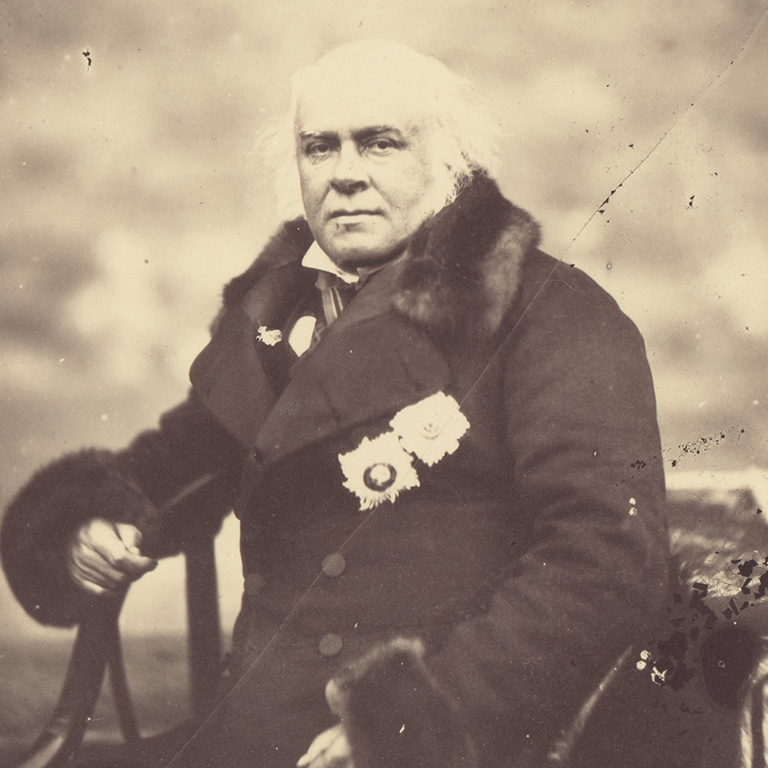
James Bruce
8th Earl of Elgin, Governor General of the Province of Canada, 1847–54, Viceroy of India, 1862–3. Introduced responsible government under the leadership of Louis-Hippolyte LaFontaine in the Province of Canada (1848), fought a tribal insurgency in north-western India, died in Dharamshala, India, in 1863. Places named after him include Elgin, Nova Scotia; Bruce and Elgin counties, Ontario; Elgin Street and the Lord Elgin Hotel in Ottawa; Elgin Road in Calcutta and Elgin Hall in the town of Dalhousie, Himachal Pradesh; Elgin’s Tomb in the Church of St. John in the Wilderness, Dharamshala.
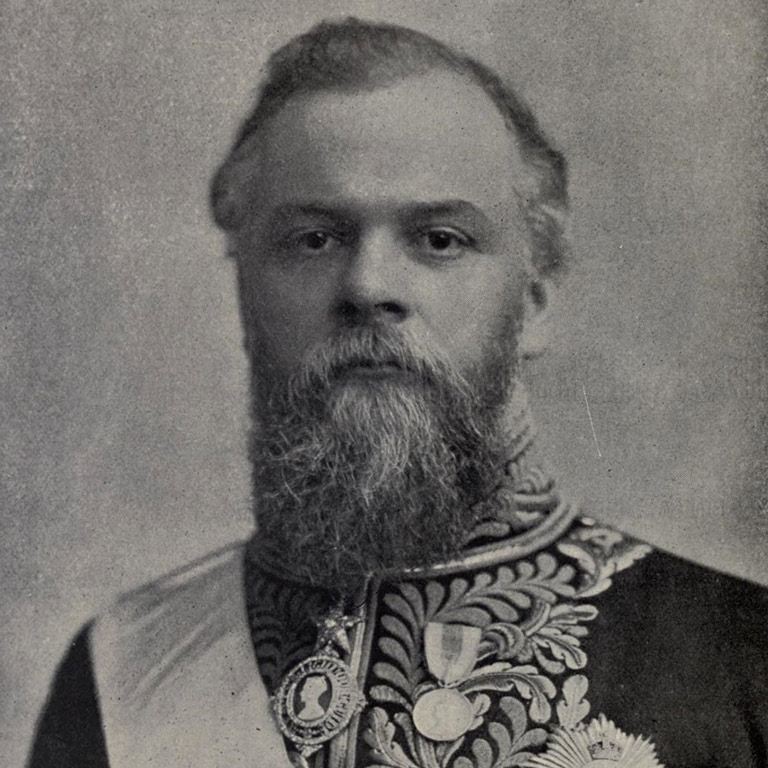
Victor Alexander Bruce
Son of James Bruce, 9th Earl of Elgin, 13th Earl of Kincardine, Viceroy of India,1894–9. Ruled during an outbreak of famine that led to the loss of a million lives.19. The Peels
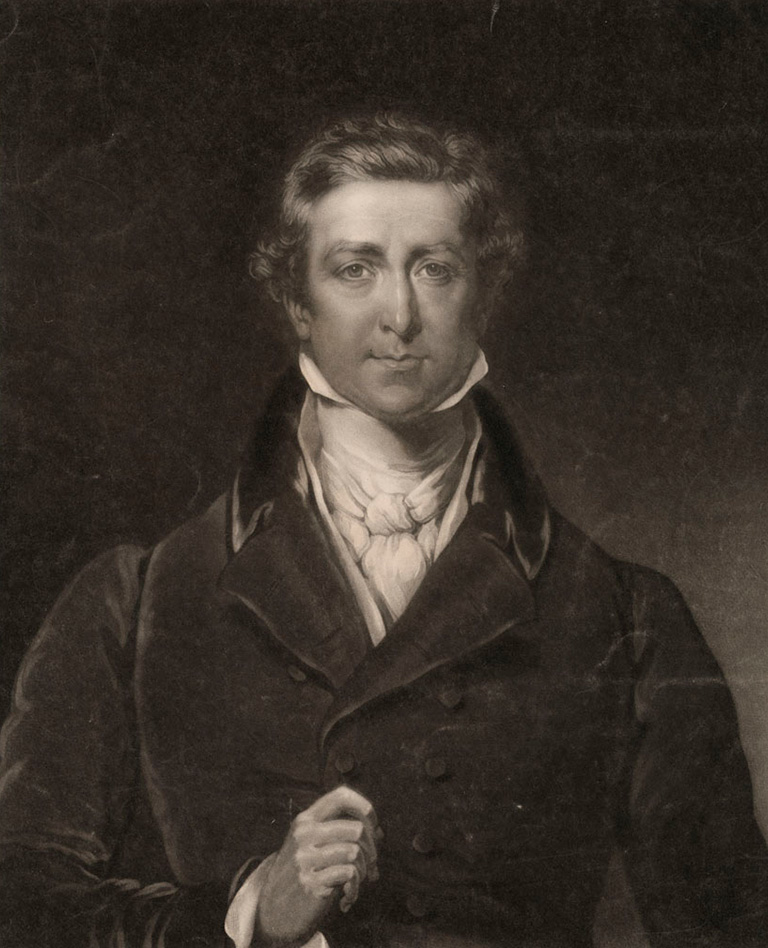
Sir Robert Peel
Prime Minister of UK 1834–5 and 1841–6. Introduced modern democratic and ethical policing reforms, called “Peelian Principles,” in 1829 in England and in Canada; repealed the Corn Law and granted Canadian grains access to the British market (1846). Places named after him include Peel County, the township of Peel, and Peel Regional Municipality in Ontario and the Peel metro station in Montreal.

Sir Lawrence Peel
Robert Peel’s cousin, Chief Justice of Bengal, 1840–55.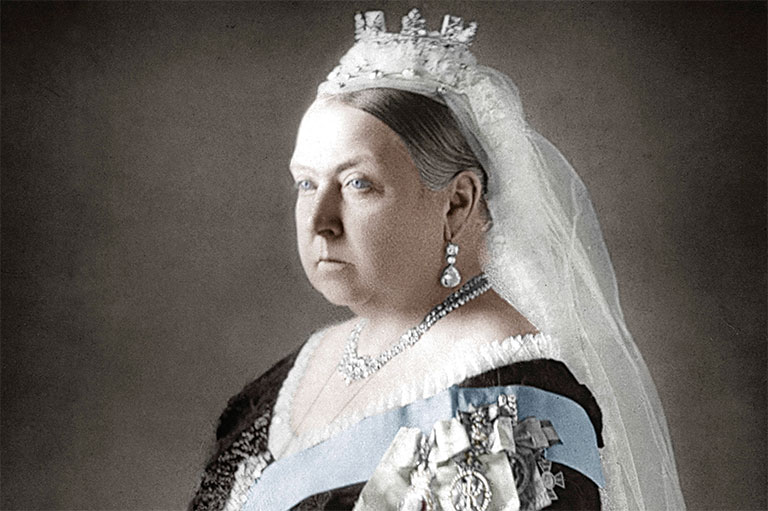
20. Queen Victoria
Queen of Canada, 1837–1901, Empress of India, 1876–1901. Favoured Canadian Confederation. Declared Empress of India when the British government dissoved the East India Company and took over direct rule of India after the failed Sepoy Mutiny in 1858. Places named after her include Queen’s University in Kingston, Ontario; Victoria College in the University of Toronto; Victoria, British Columbia; Regina, Saskatchewan; Queen’s Roads of Allahabad and Bombay; Victoria Roads of Bangalore in Karnataka, Bombay in Maharashtra, and Delhi; Victoria Memorial Hall in Queen's Way, Calcutta, West Bengal; and many others.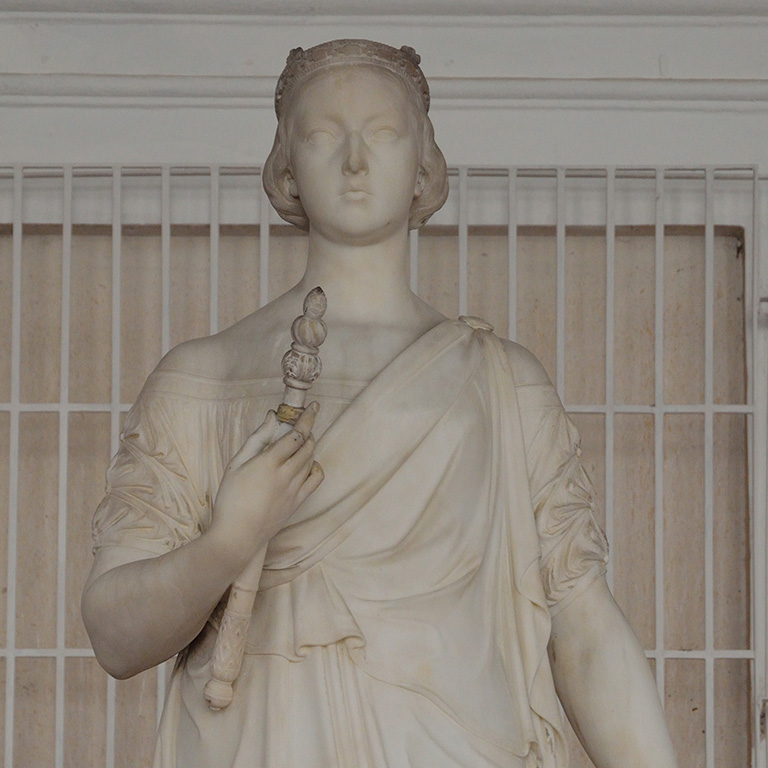
21. Marshall Wood
British sculptor. His marble statues of Queen Victoria were unveiled in Montreal in 1872, at the Parliament buildings in Ottawa in 1901, and at the Calcutta Museum in 1875.22. The Lyttons
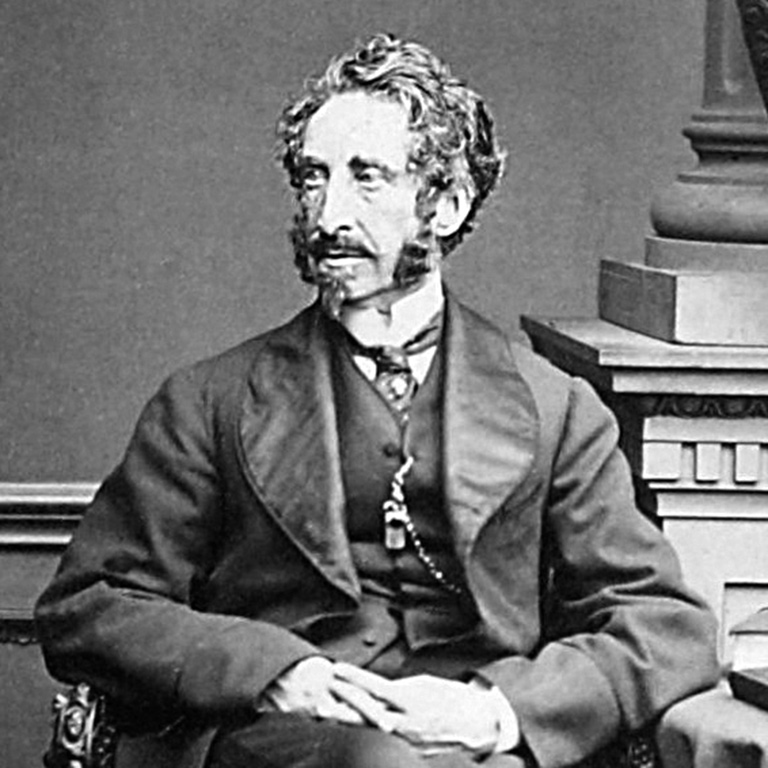
Edward George Earle Lytton Bulwer-Lytton
English novelist and British secretary of state for the colonies, 1858–9. Introduced the bill in the British legislature that created the colony of British Columbia (1858), securing the British presence at the Pacific Ocean. Lytton, British Columbia, is named after him.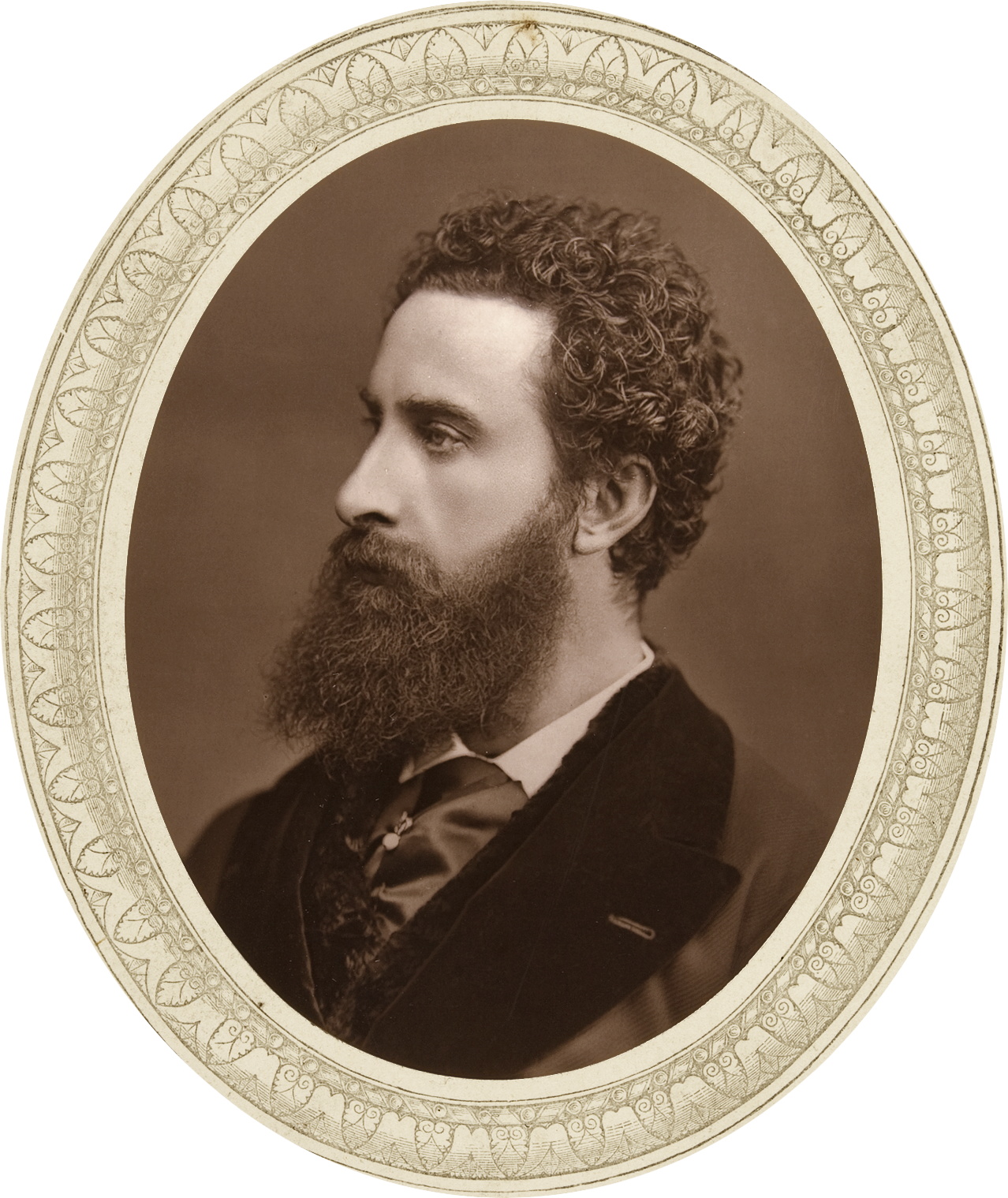
Edward Robert Lytton Bulwer-Lytton
First Earl of Lytton, son of Edward George Earle Lytton Bulwer-Lytton, governor of Madras and viceroy of India, 1876–80. Presided over the Madras famine of 1876–8; passed the Vernacular Press Act (1878) to restrict the publication of newspapers in Indian vernacular languages.
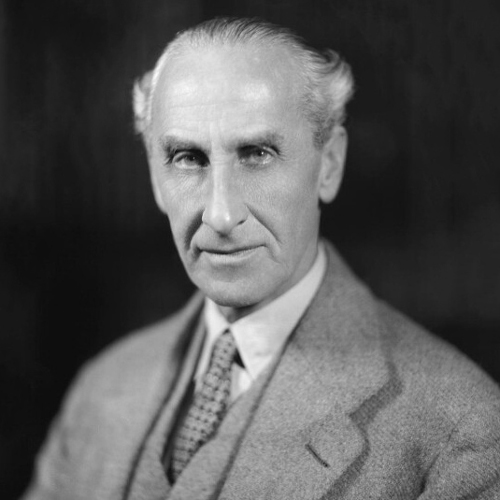
43. Victor Alexander George Robert Bulwer-Lytton
Second Earl of Lytton, grandson of Edward George Earle Lytton Bulwer-Lytton, born in India, governor of Bengal, 1922–7, acting viceroy of India, 1925. Suppressed nationalist movements and revolutionary activities in India.Save as much as 40% off the cover price! 4 issues per year as low as $29.95. Available in print and digital. Tariff-exempt!
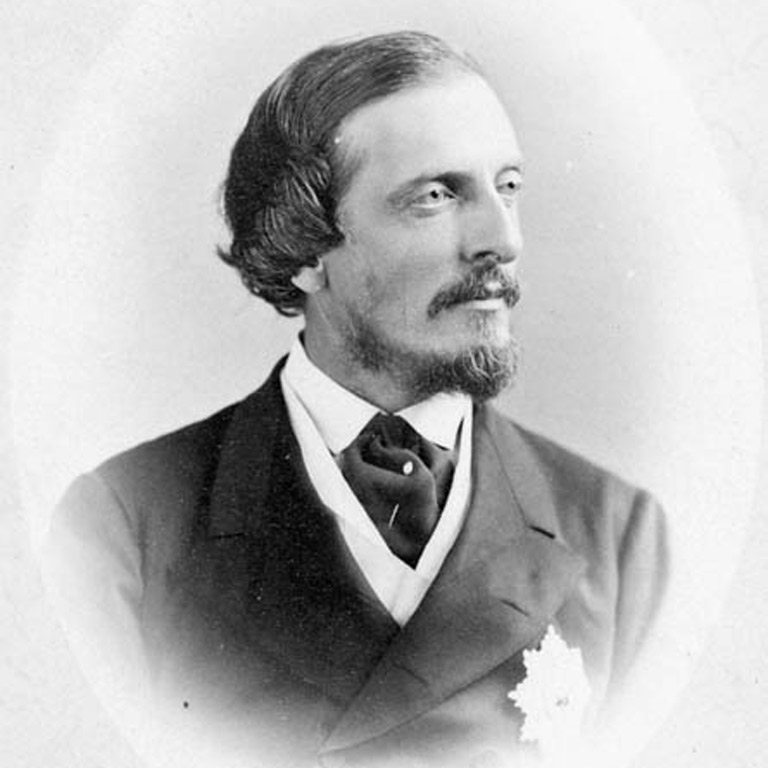
23. Frederick Temple Hamilton-Temple-Blackwood, 1st Marquess of Dufferin and Ava
1st Marquess of Dufferin and Ava. Governor General of Canada, 1872–8, viceroy of India, 1884–8. Lobbied the British colonial office to provide Canadians with more control over their own affairs; first Governor General to visit every province in Canada during his term; first Governor General to introduce medals for recognizing the academic and athletic achievements of Canadians. Presided over the incorporation of Prince Edward Island into Canadian Confederation (1873); established the Supreme Court of Canada (1875); designed Dufferin Terrace in Québec City. Facilitated the foundation of the Indian National Congress (1885). Dufferin’s wife, Hariot Georgina Hamilton-Temple-Blackwood, Marchioness of Dufferin and Ava, played a pioneering role in establishing medical colleges and hospitals, named Lady Dufferin Hospitals, across India. Places named after him include Fort Dufferin, Manitoba; Dufferin Hospital in Dufferin County Ontario; Dufferin Street in Toronto; Dufferin Island, British Columbia; the municipality of Dufferin, Manitoba; Dufferin parish in New Brunswick; Port Dufferin, Nova Scotia; Dufferin Street in Calcutta, West Bengal; Dufferin Clock Tower in Mysore, Karnataka; Lady Dufferin hospitals across India.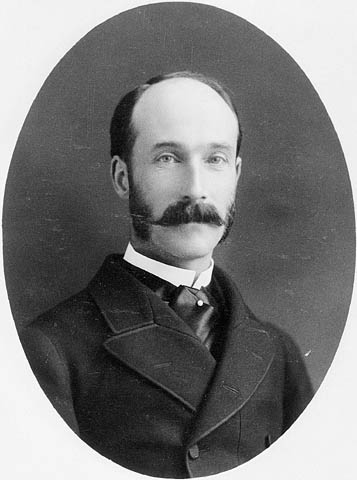
24. Henry Petty-Fitzmaurice
5th Marquess of Lansdowne, Governor General of Canada, 1883–8, under-secretary for India, 1880, and viceroy of India, 1888–94. Resolved a dispute related to fishing rights between Canada and the United States in 1887–7. Presided over the separation of Afghanistan from India through Durand Line (1893); passed the Indian Council Act (1892) as the first step towards representative government. Places named after him include Lansdowne streets, roads, avenues, and parks in British Columbia, Saskatchewan, Ontario, Quebec and New Brunswick; the community of Lansdowne, Nova Scotia; Mount Lansdowne, Yukon; Hill station of Lansdowne of Uttarakhand; Lansdowne Road in Calcutta, West Bengal.
25. The Mintos

Gilbert Elliot
Created 1st Baronet Elliot of Headshaw (Nova Scotia) in 1700. Granted the title Lord Minto under Scottish law in 1705.

John Elliot
Grandson of Gilbert Elliot, Governor and Commander-in-Chief of Newfoundland, 1786–90.
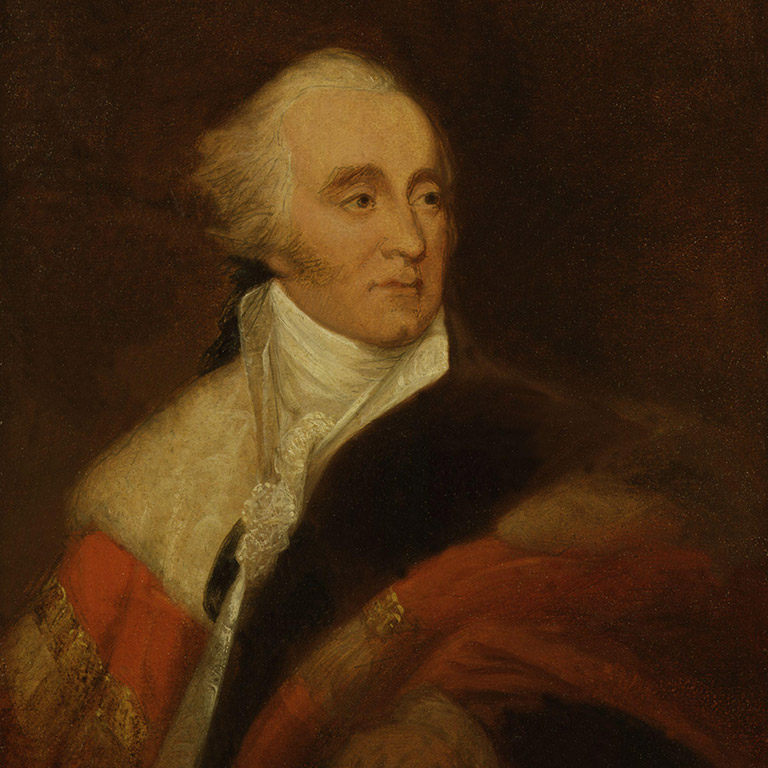
Gilbert Elliot
4th Baronet, Viscount Melgund and Earl of Minto, Governor General of Bengal, 1807–13.
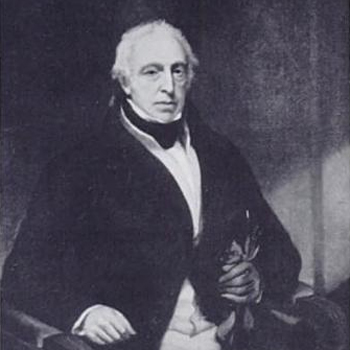
Hugh Elliot
Governor of Madras, 1814–20.
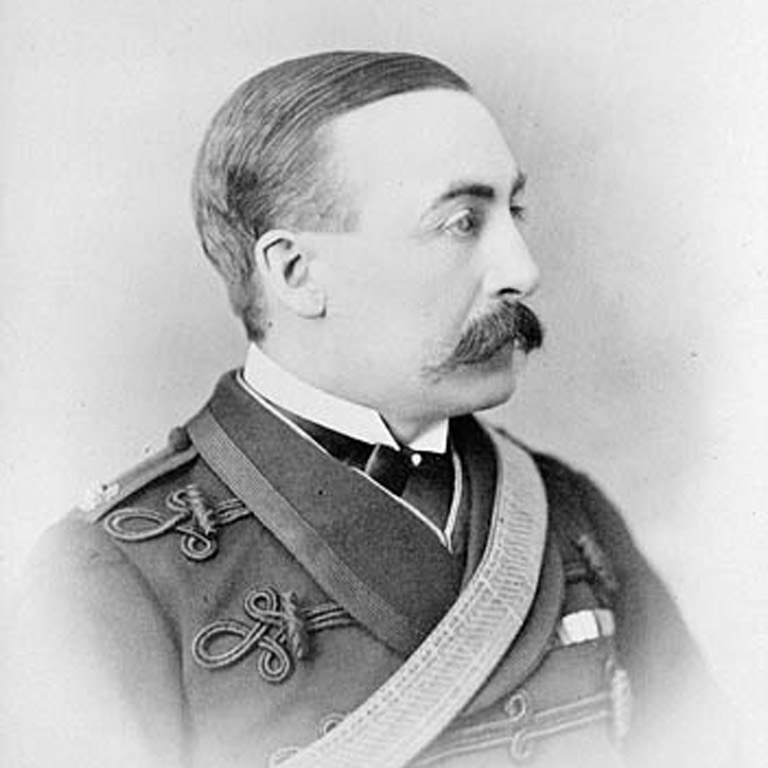
Gilbert John Elliot-Murray-Kynynmound
4th Earl of Minto. Military Secretary to Lord Lansdowne in Canada, 1883–5, Governor General of Canada, 1898–1904; Governor General of India, 1905–10. Chief of the Staff to General Middleton, sent to suppress the North-West Resistance of 1885; as patronized Marconi’s experiments with wireless telegraphy and Captain Joseph-Elzéar Bernier's voyages to assert Canadian sovereignty in the Arctic. Suppressed national movements in India and deported the revolutionaries. Passed the Morley-Minto Reform (1909) for constitutional and political reforms in India. Created the Minto Cup for lacrosse in Canada (1901). Lady Minto patronized figure skating and was the namesake of the Minto Skating Club, established in Ottawa in 1904. Places named after the 4th Earl of Minto include Mount Minto, British Columbia, Minto Lake, Quebec, Minto township, Ontario, Minto, Manitoba; Minto, New Brunswick. Minto Eye Hospital, Banglore, Karnataka; Minto Hall, Bhopal, Madhya Pradesh; Minto Park at Lansdowne Crossing, Calcutta, West Bengal.
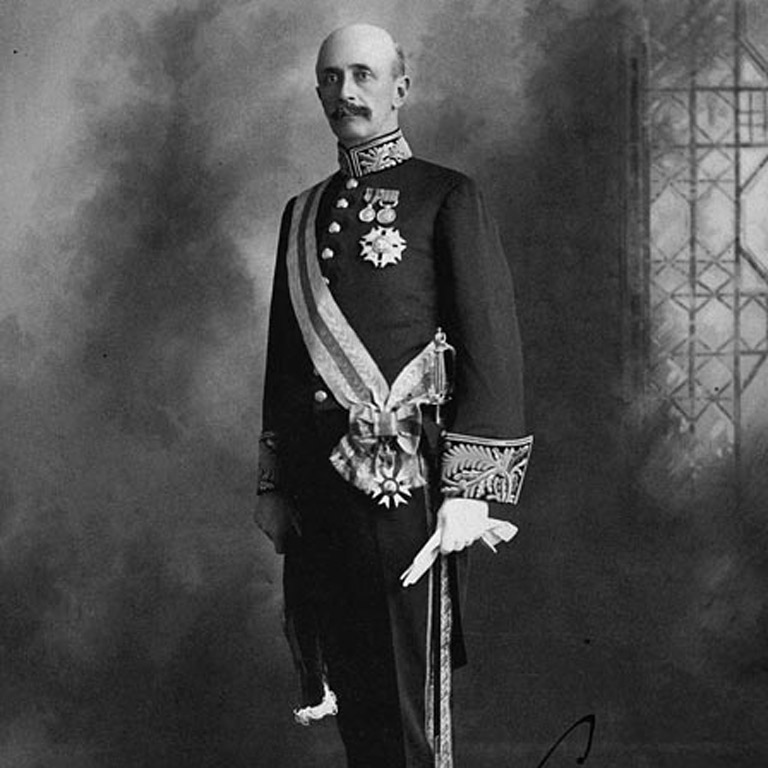
26. Albert Henry George Grey
4th Earl Grey, brother-in-law of 4th Earl of Minto, secretary to the Prince of Wales, 1875–6, Governor General of Canada, 1904–10. Favoured the passage of the Naval Service Act (1910) to establish the Canadian navy; concluded an international border treaty with the United States; designation of the Plains of Abraham as a national historic site under his influence. Toured India with the Prince of Wales. Created Canadian football’s Grey Cup in 1909.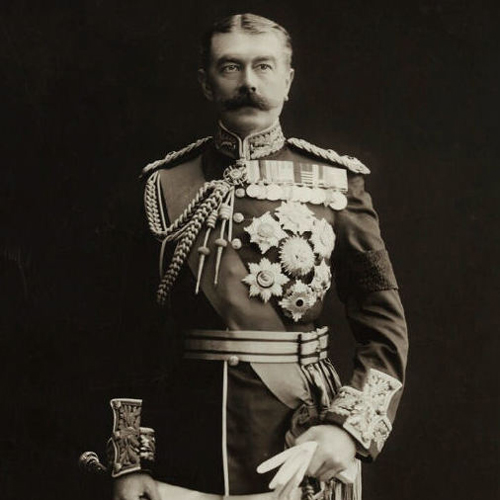
27. Horatio Herbert Kitchener
1st Earl Kitchener, commander in chief of India, 1902–9. Re-organized the Indian Army for internal security. Participated in the First World War. The city of Berlin, Ontario, was renamed Kitchener in his honour in 1916.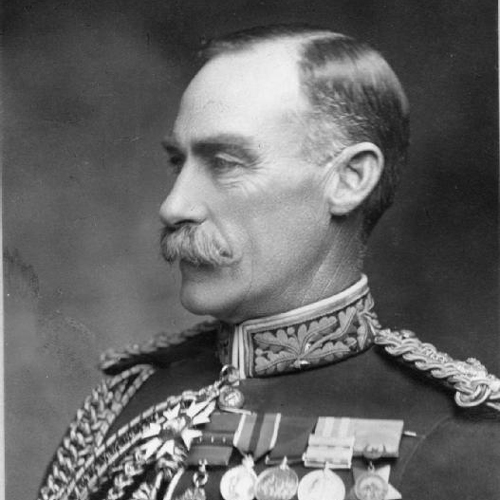
28. Sir Percival Henry Noel Lake
Chief of Canadian General Staff, 1905; inspector general of the Canadian Militia, 1908; chief military advisor to the Canadian Government, 1908–10, general officer commanding the 7th Indian Division, 1911, chief of the General Staff, India, 1912. Served in the First World War. First President of the Canadian Legion. The legion’s Sir Percy Lake Memorial Scholarship was created in 1943 in his memory.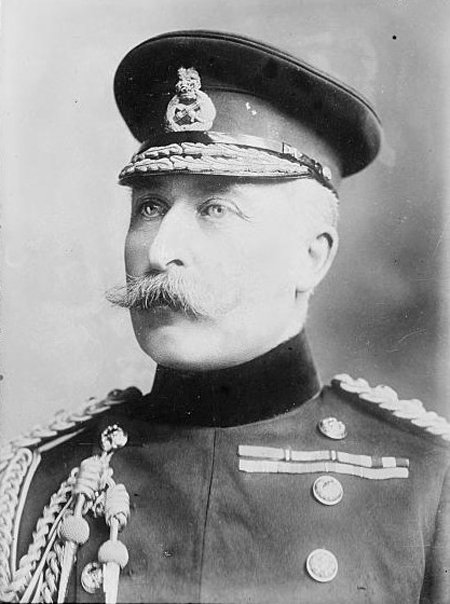
29. Prince Arthur, Duke of Connaught and Strathearn
Third son of Queen Victoria and Prince Albert, Governor General of Canada, 1911–16. Participated in military defense of Canada against Fenians raiders in 1870; created the Connaught Cup for soccer. Places named after him include the community of Connaught in Calgary; Port Arthur (now Thunder Bay), Ontario; rue Prince Arthur in Montreal; as well as the Canadian Pacific Railway’s Connaught tunnel under Mount Macdonald, British Columbia, the Connaught Building in Ottawa, and Connaught Place, New Delhi.
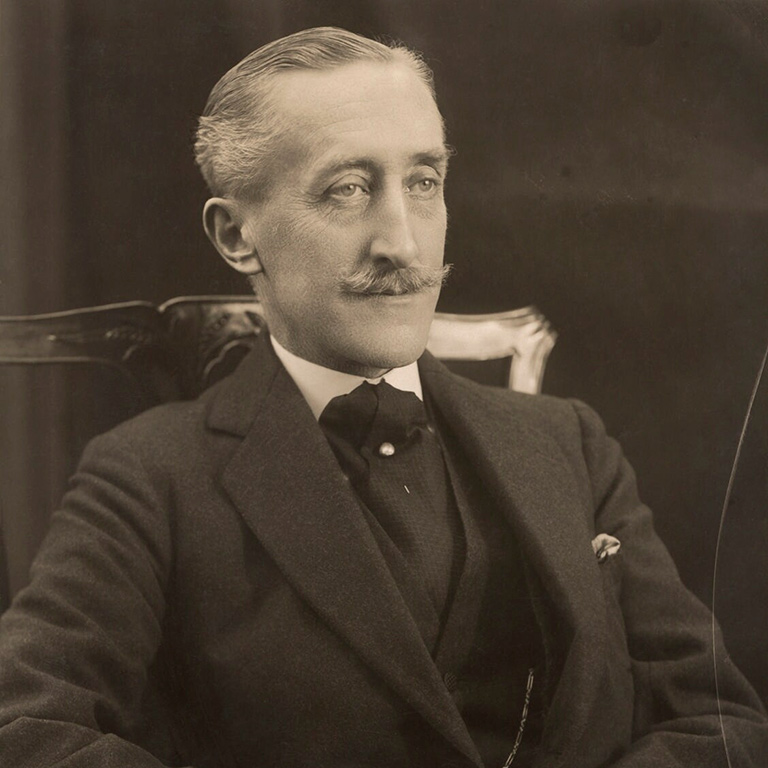
30. Freeman Freeman-Thomas, 1st Marquess of Willingdon
1st Marquess of Willingdon, governor of Bombay, 1913–18, governor of Madras, 1919–24, Governor General of Canada, 1926–31, viceroy of India, 1931–6. First Canadian Governor General to visit the United States. In India, faced the Satyagraha, non-co-operation and civil disobedience movements led by Gandhi. Places named after him include Mt. Willingdon Alberta; Willingdon Avenue and Willingdon Secondary School in Burnaby, British Columbia; Willingdon Dam in Junagarh Gujarat; and Willingdon Island, Kochi, Kerala.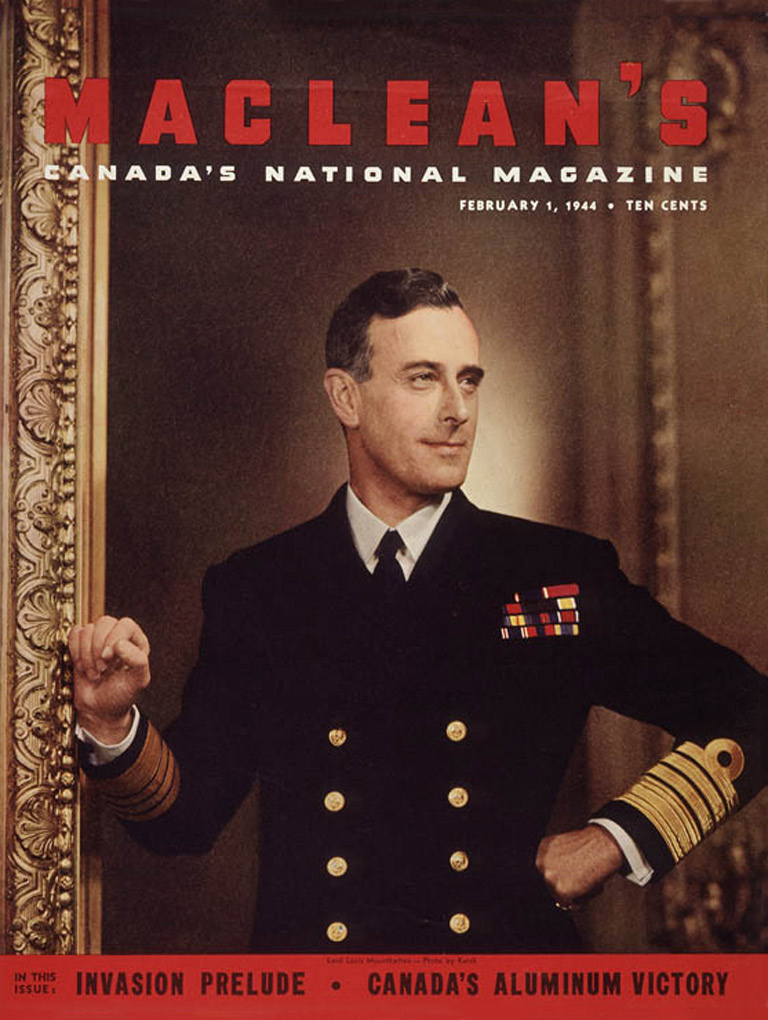
31. Louis Mountbatten
1st Earl Mountbatten of Burma, chief of combined operations of Britain’s ground, air, and naval forces in the Second World War. Last viceroy of British India and first Governor General of independent India, 1947–8. Participated in wartime conferences with Allied powers at Château Frontenac in Quebec City in 1943. Oversaw the historic Partition of India and the formation of Pakistan; administered the historic transfer of power from Britain to the independent countries of India and Pakistan in 1947. Assassinated by the Irish Republican Army in 1979. His namesakes include the Royal Canadian Sea Cadet Corps #134 Admiral Mountbatten in Sudbury, Ontario; Mountbatten Road in Etobicoke, Ontario; Mountbatten avenues in Ottawa and Winnipeg; Mountbatten streets of Saskatoon and Dartmouth, Nova Scotia. The place where Lord Mountbatten proposed to his future wife, Edwina Ashley, in 1922 is now the registrar’s office of Delhi University. An official plaque marks the event.
We hope you’ll help us continue to share fascinating stories about Canada’s past by making a donation to Canada’s History Society today.
We highlight our nation’s diverse past by telling stories that illuminate the people, places, and events that unite us as Canadians, and by making those stories accessible to everyone through our free online content.
We are a registered charity that depends on contributions from readers like you to share inspiring and informative stories with students and citizens of all ages — award-winning stories written by Canada’s top historians, authors, journalists, and history enthusiasts.
Any amount helps, or better yet, start a monthly donation today. Your support makes all the difference. Thank you!
Themes associated with this article
Advertisement
You might also like...

Canada’s History Archive, featuring The Beaver, is now available for your browsing and searching pleasure!

